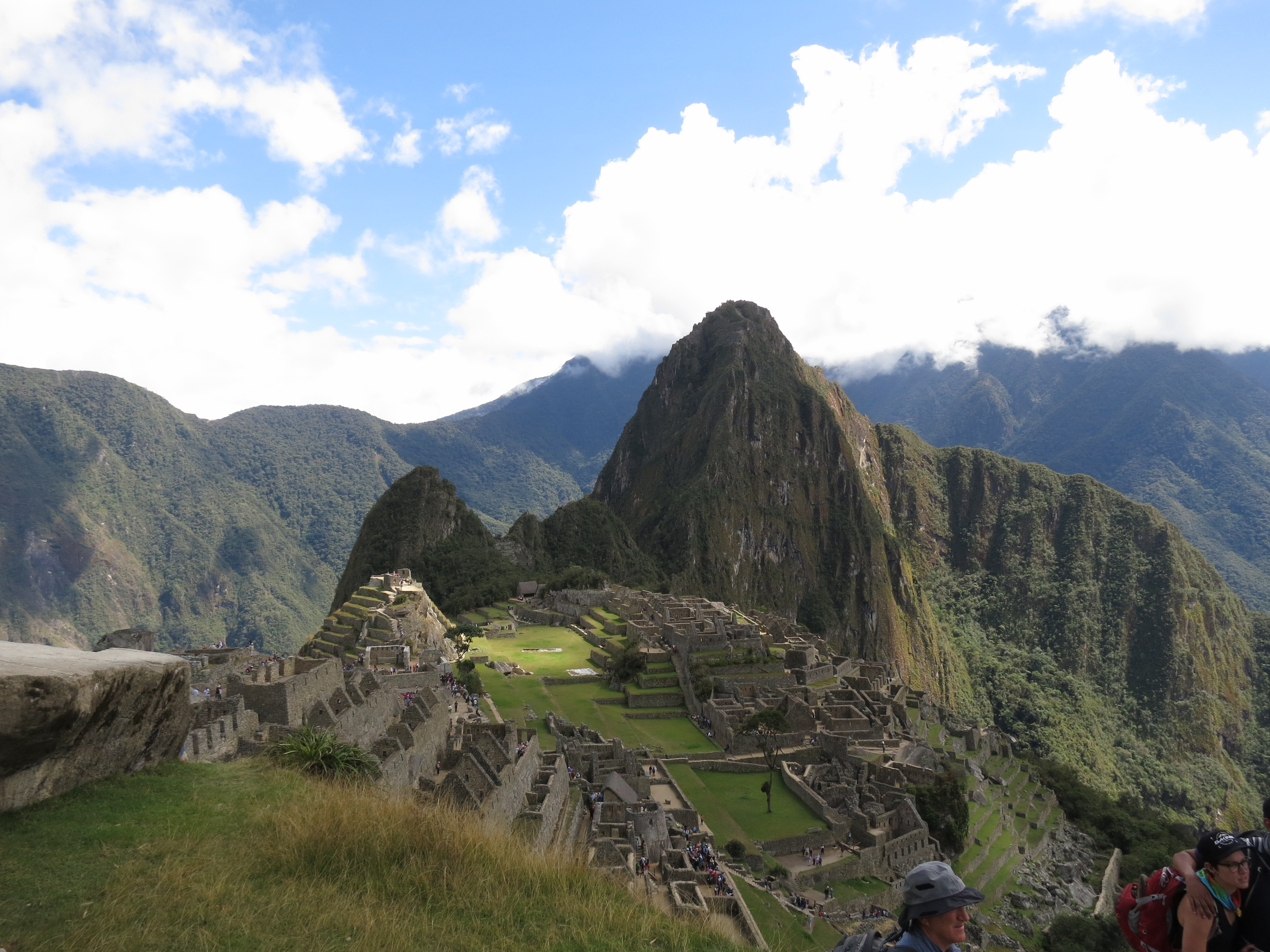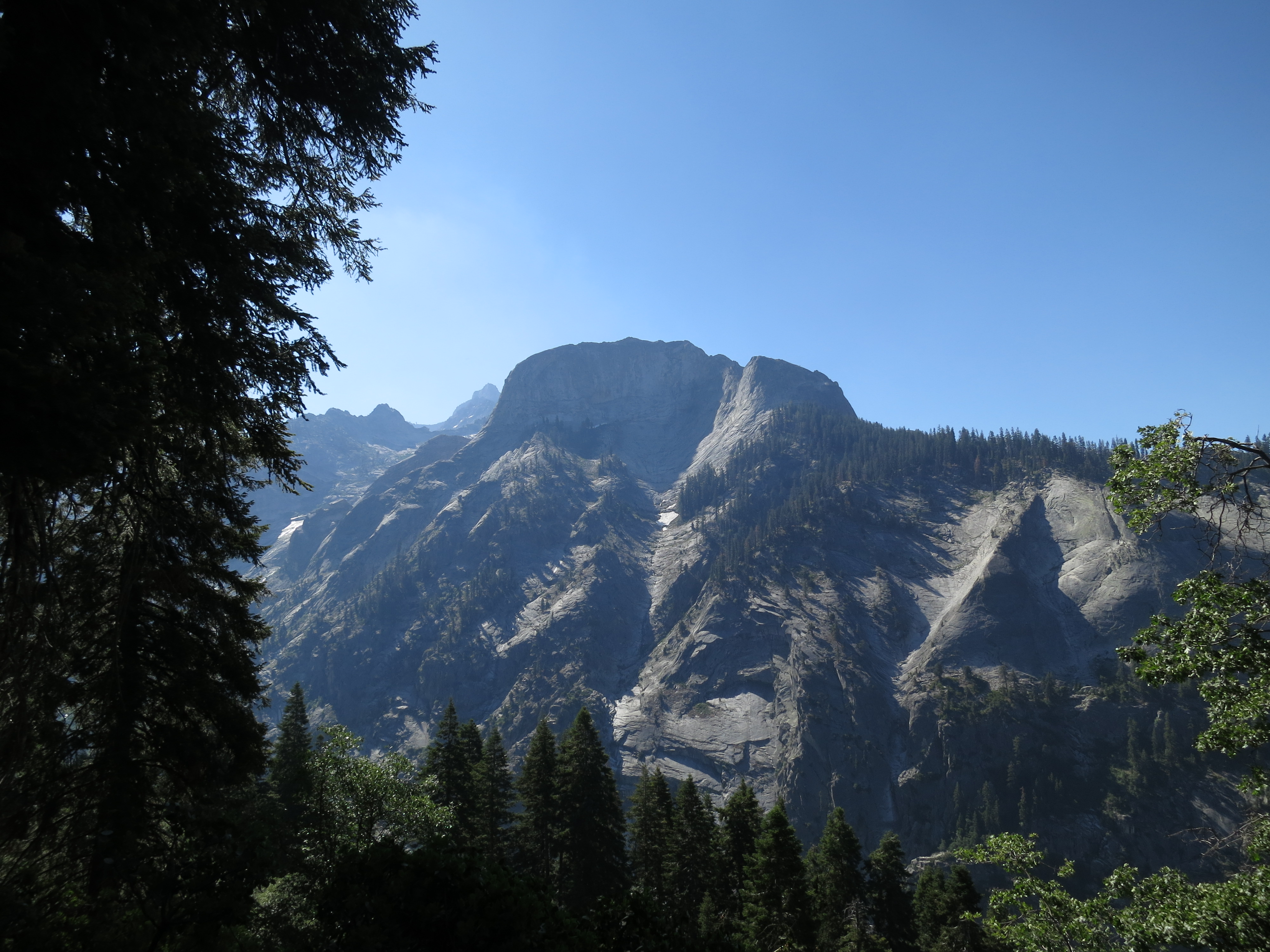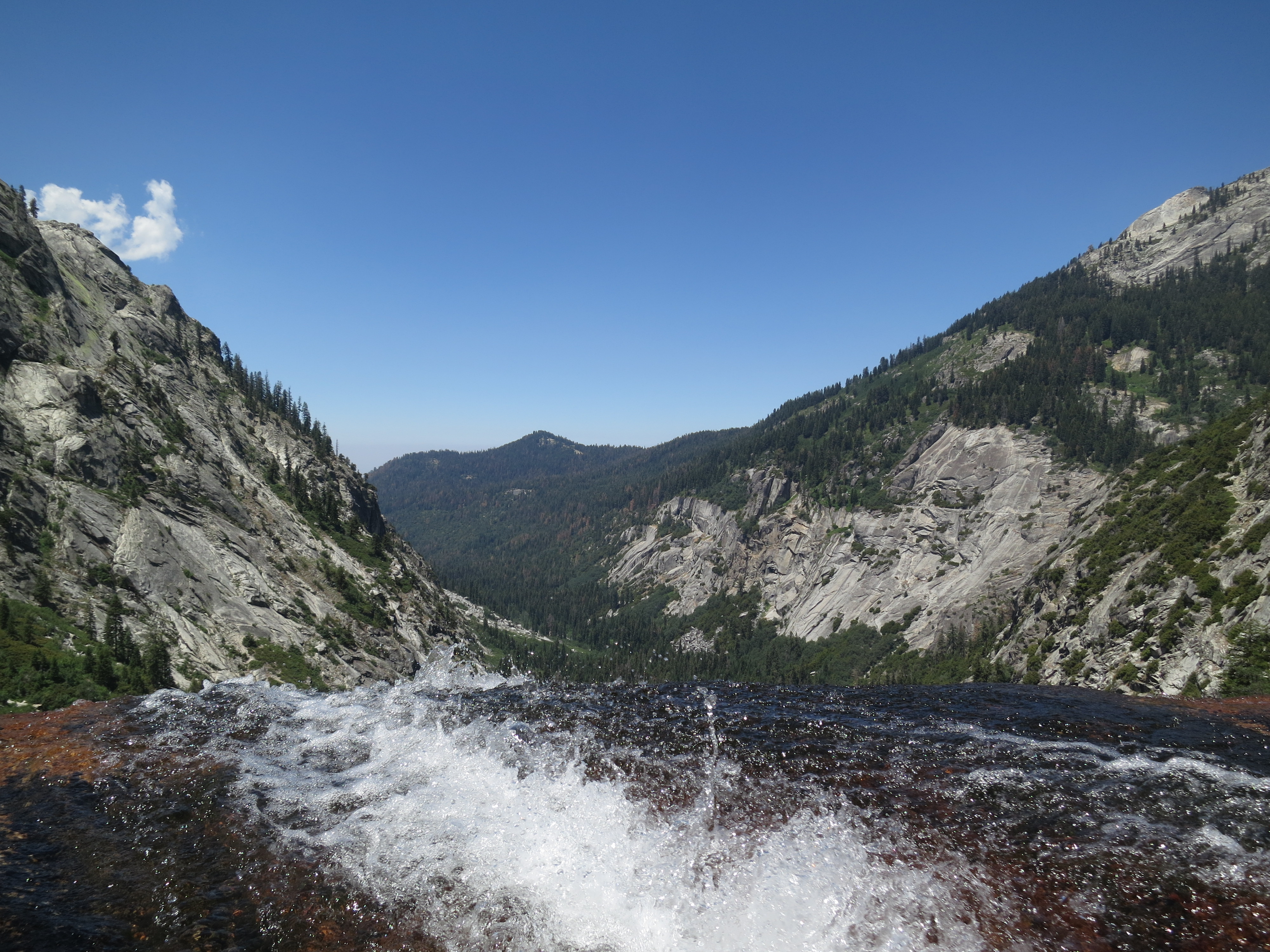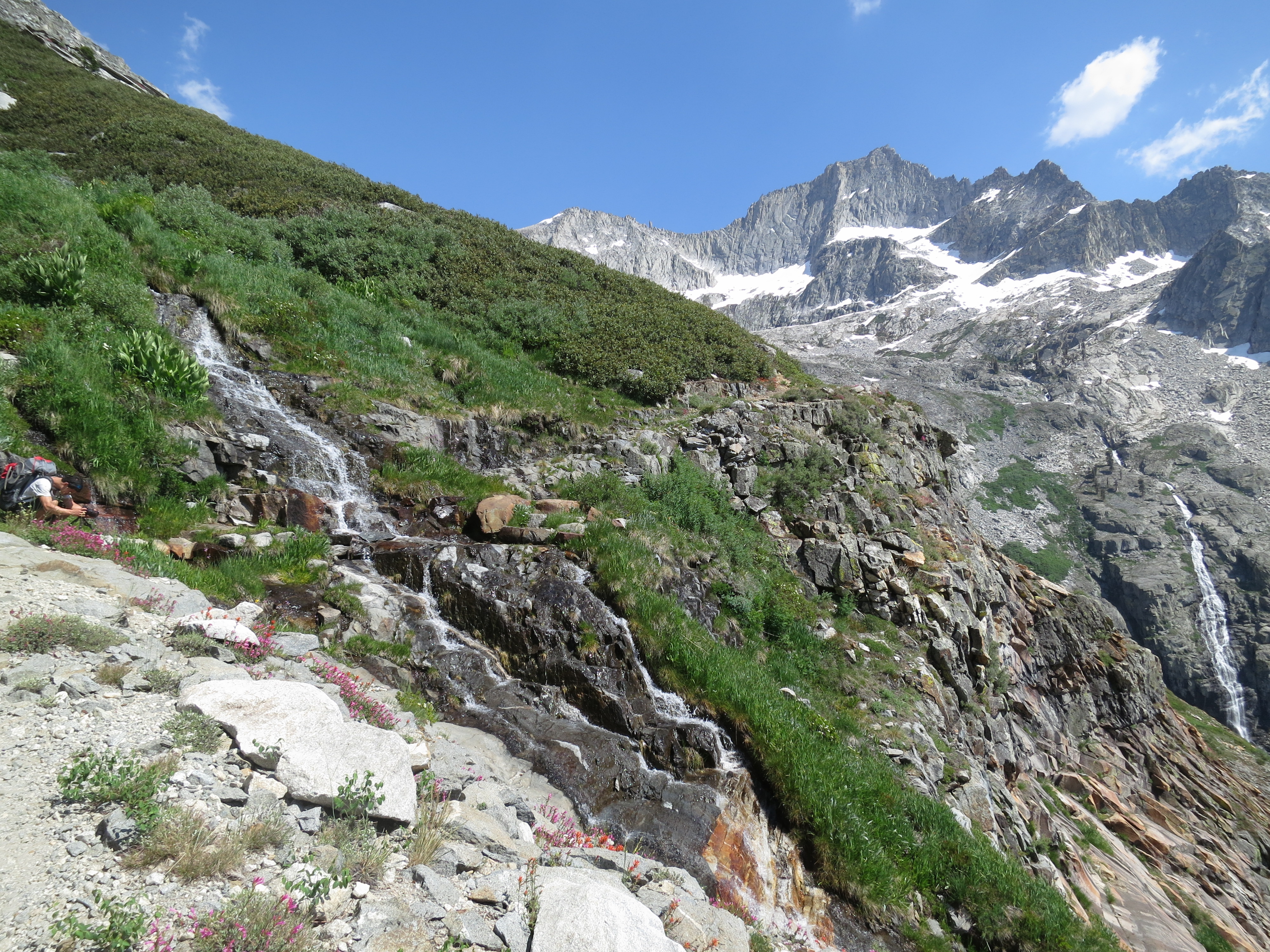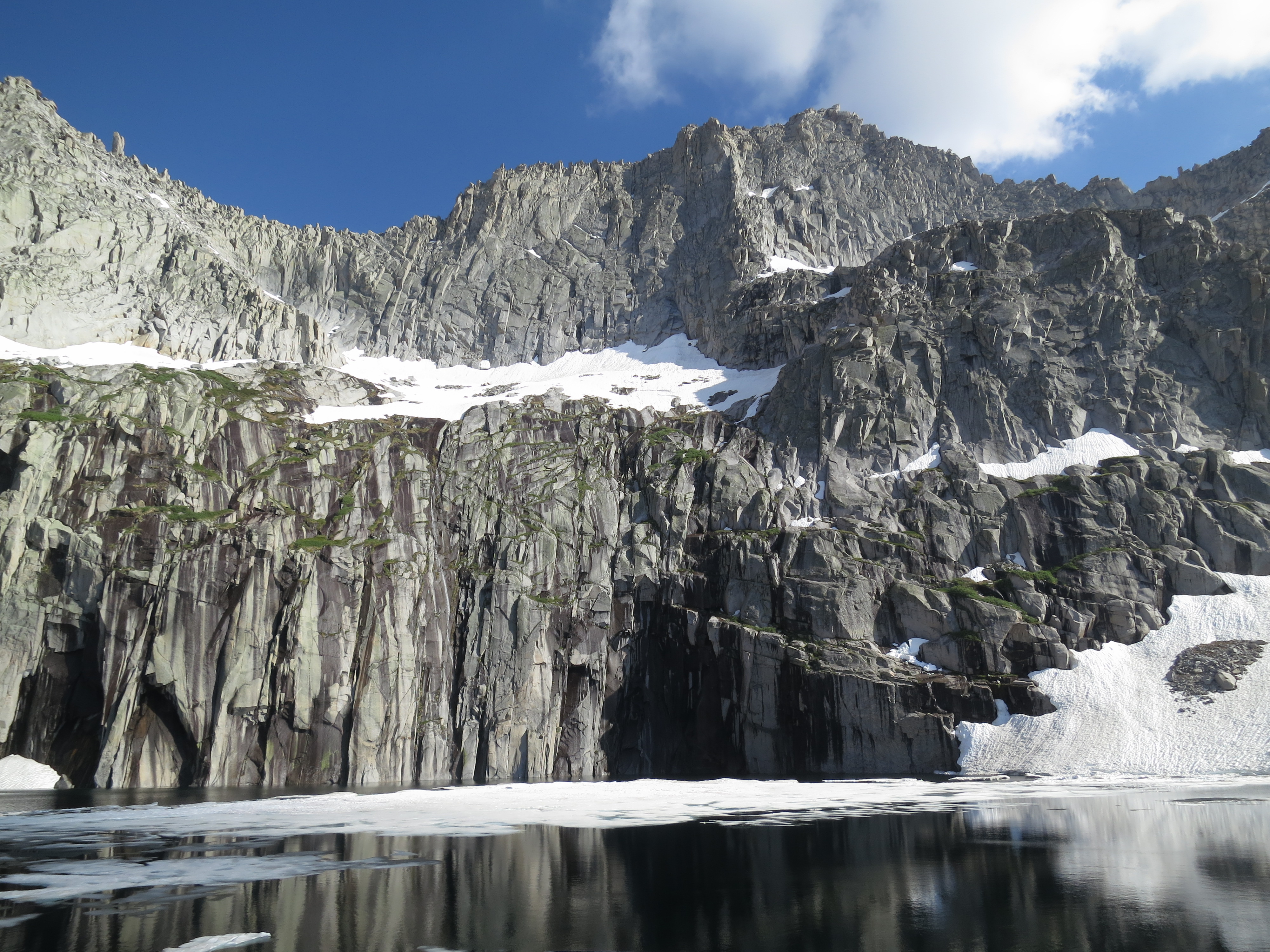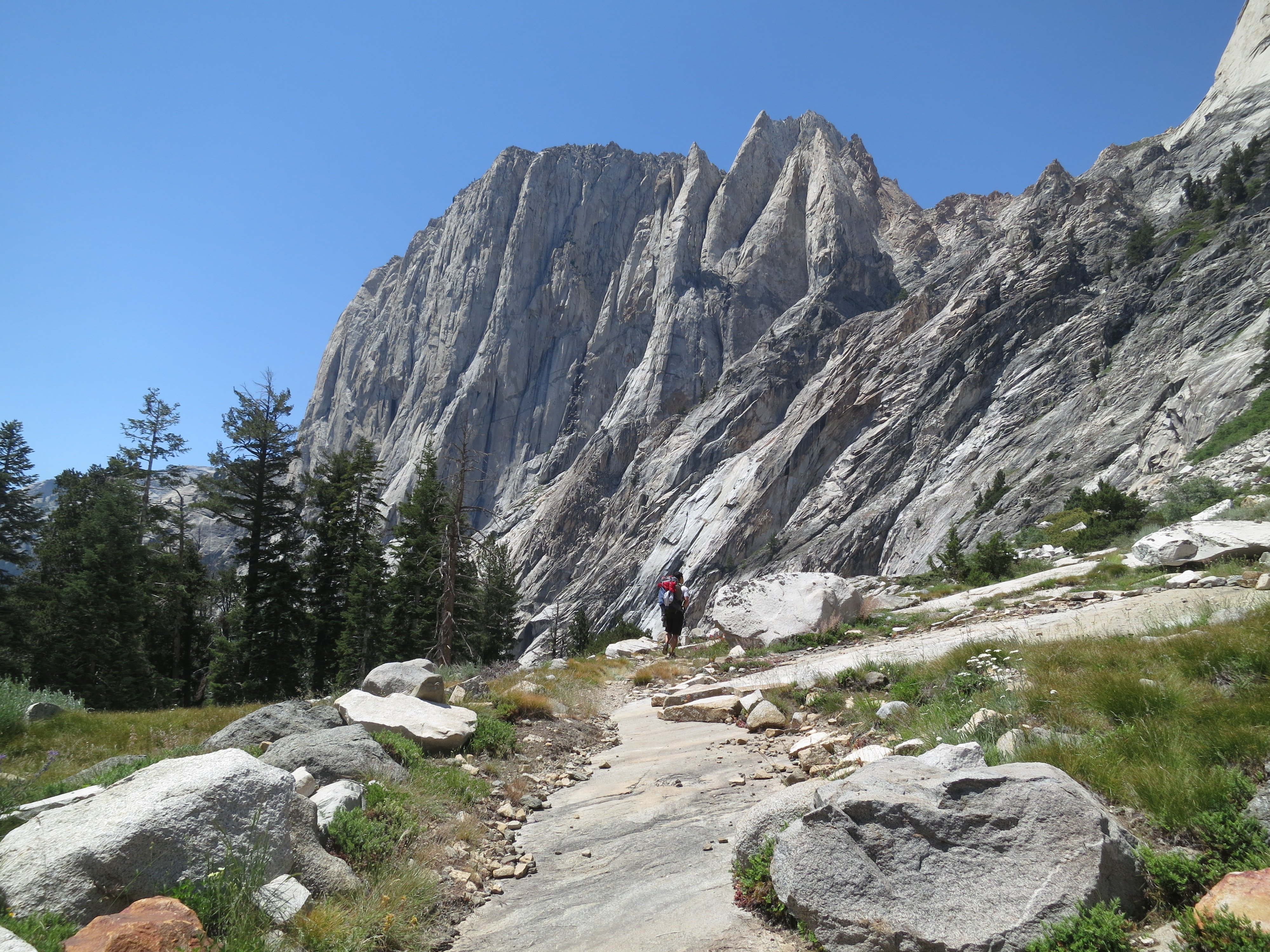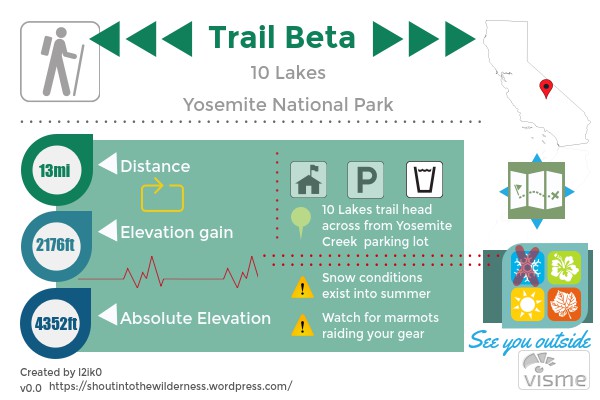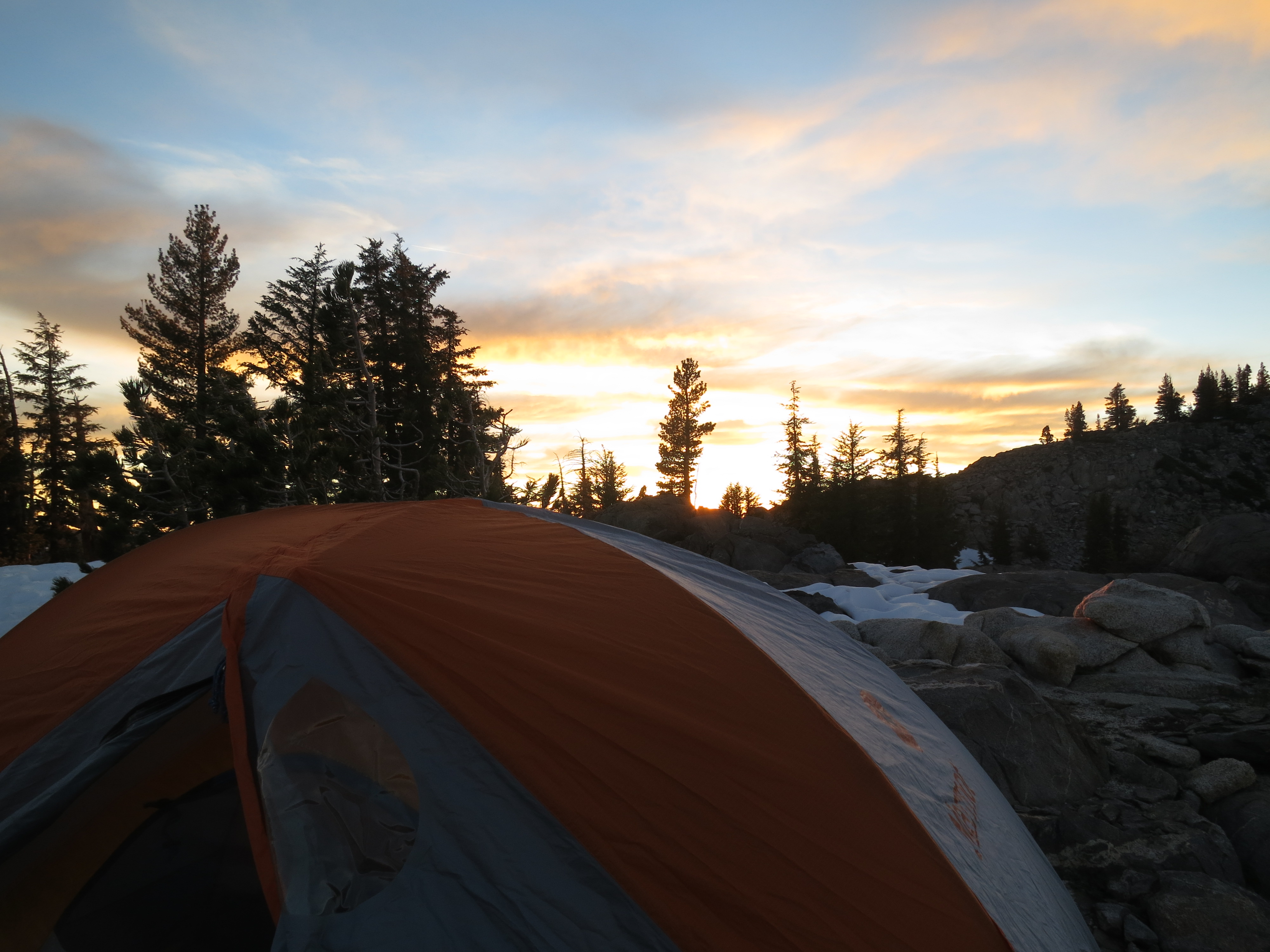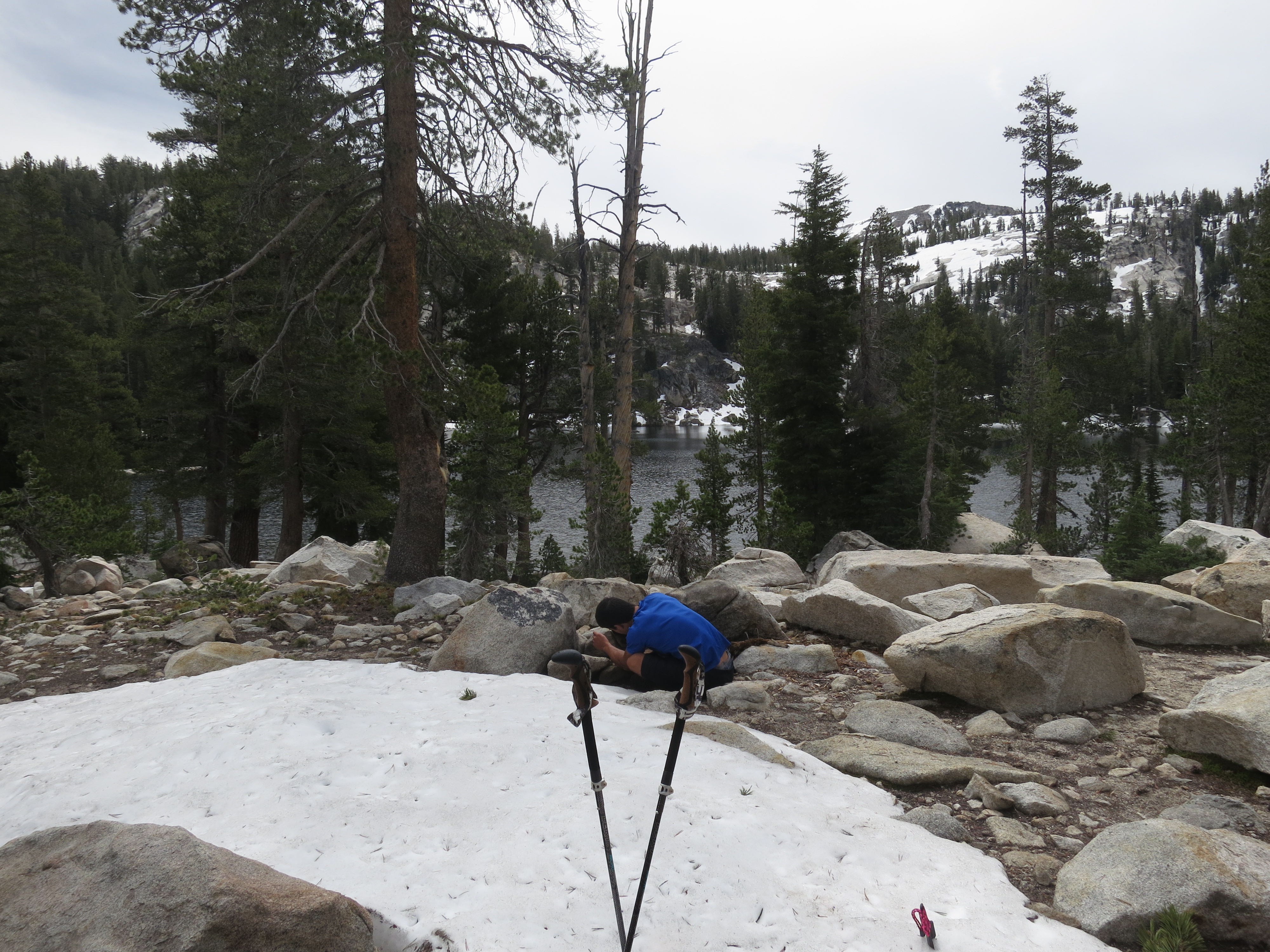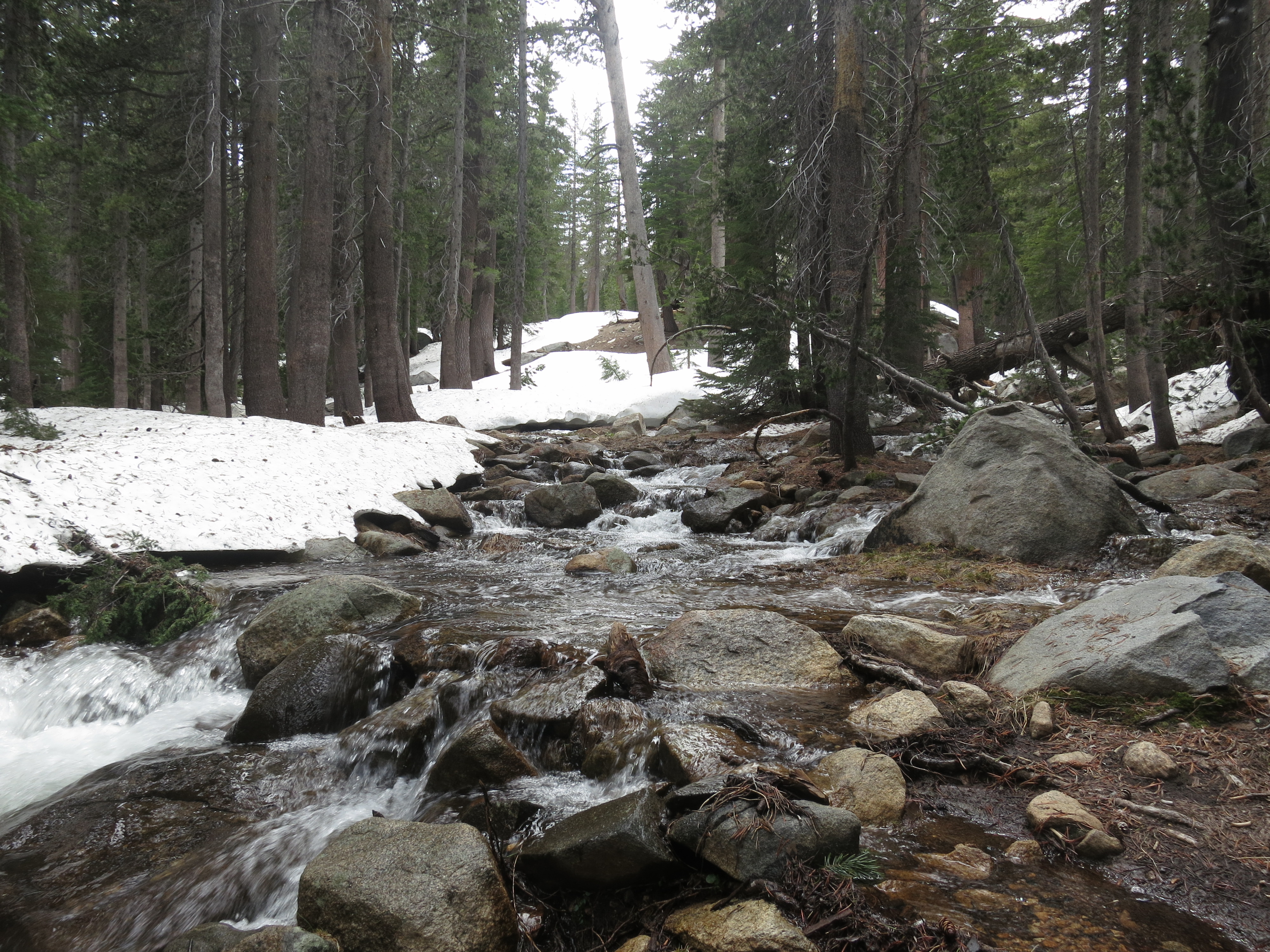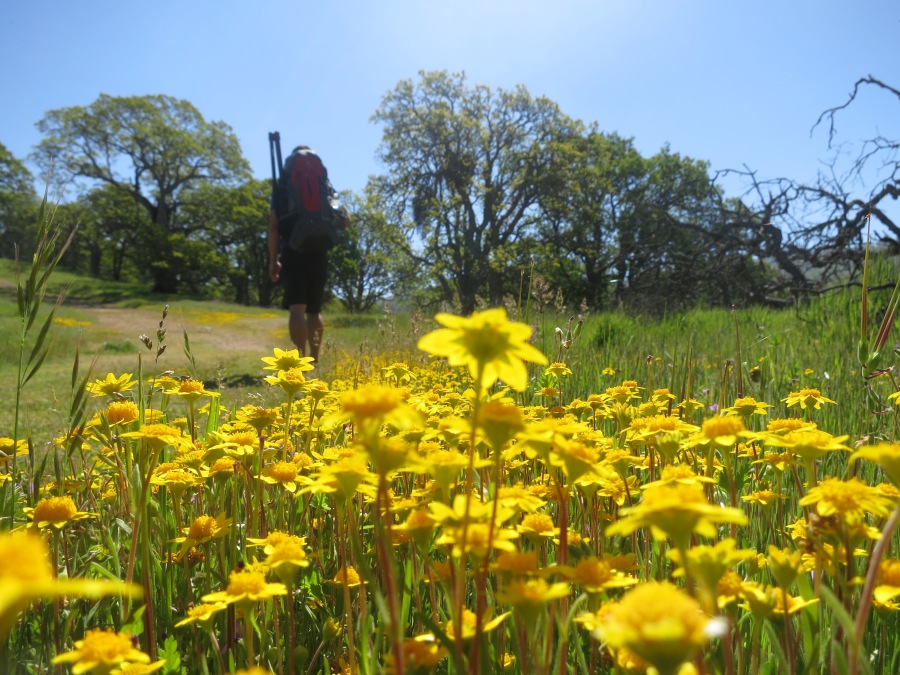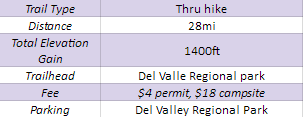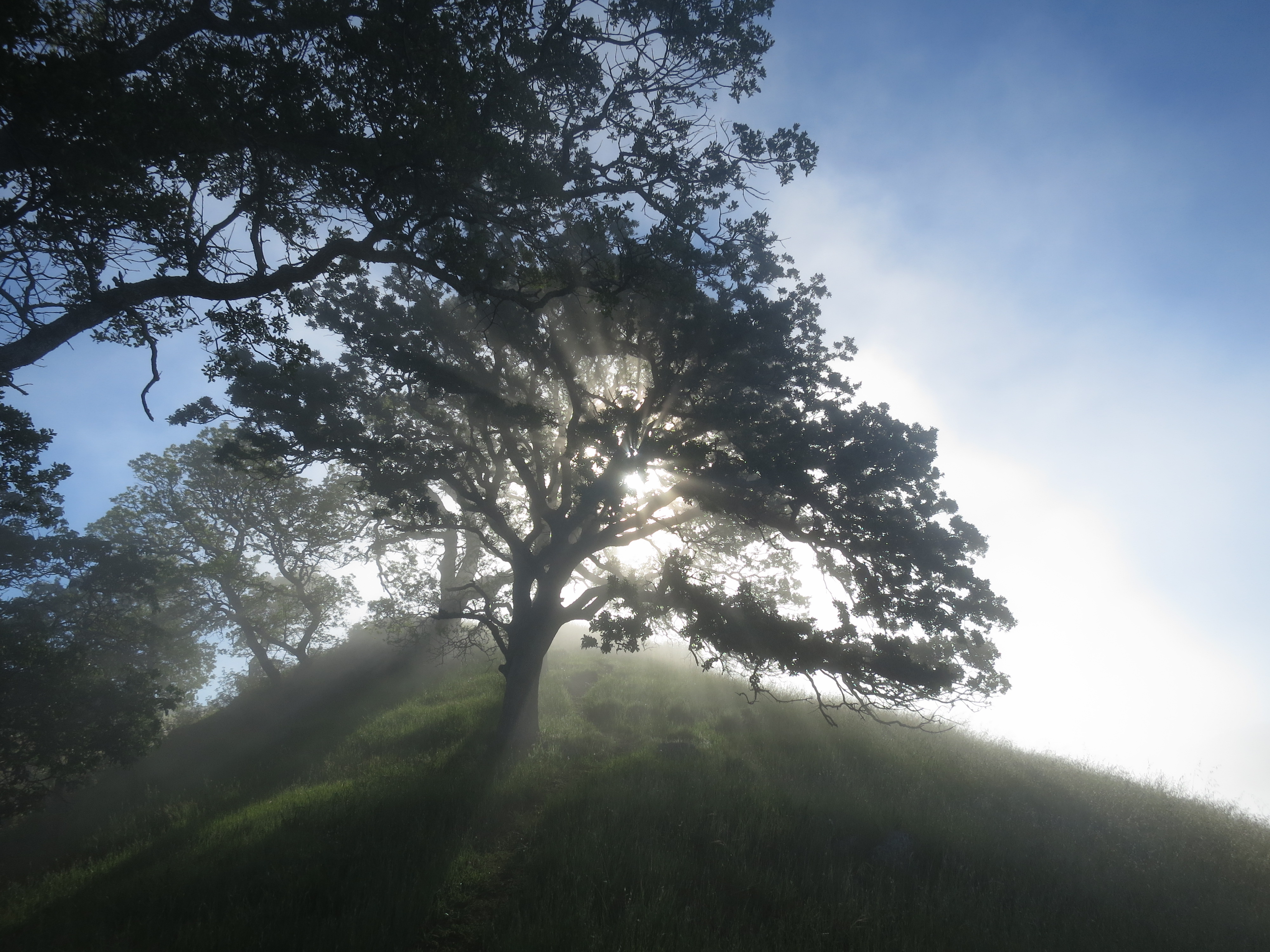TL;DR
If you’re interest in a 30 mile thru-hike that is just as beautiful as it is exhausting then you should check out Yosemite’s Grand Canyon of the Tuolumne. It drops down into canyon from White Wolf, giving you views of Hetch Hetchy as you follow the Tuolumne River through Pate Valley and back up to Tuolumne Meadows. This is the often recommended direction for this hike. Doing it the opposite way gives a brutal last day of elevation gain. Pate Valley is known for a high incident of bear sightings as well as rattlesnakes and more mosquitoes than you know what to do with.

Thoughts
This was our first Yosemite trip of 2017 and I had been pretty stoked about it since getting the permits in February. It was another one of those trips where you do tons of planning and research 6 months before and then don’t do anything until 2 days before leaving. The most difficult aspect of planning this hike is coordinating the transportation. This is a thru-hike so you either need more than 1 car or to hitchhike. The Tuolumne Meadows shuttle doesn’t go to White Wolf. From White Wolf to Tuolumne Meadows, where the hike ends, is a 30-45 minute drive each way. We had a decent size group so our plan of attack was to meet up at White Wolf at 9am, dump all gear and passengers, drive all the cars to Tuolumne Meadows/Glen Aulin Trailhead, then drive one car back to White Wolf. We were able to start hiking by about 11:30am.
Day 1 of this hike isn’t necessarily hard, just long and brutal on the knees, ~10.5-11mi. The first few miles are flat and slightly up as you crest the ridge that looks over the Grand Canyon of the Tuolumne. From there, you start the downhill slog to the bottom. We stopped at about 5 miles in to a nice rocky area that overlooks the canyon area and Hetch Hetchy. For the next 3 miles you’re doing switchbacks down to the bottom. If it seems like you’re almost done, you’re not. They really do keep going. If the sun is out, these switchbacks will feel like an oven. Luckily, we were treated to a summer thunderstorm about halfway down. The downpour was warm and last for about 20 minutes. By the time the rain started letting up, we had hit the bottom of the canyon. From there we started following the Tuolumne upstream and into Pate Valley. Pate Valley exists where the Piute Creek joins the Tuolumne River. Its a moderately forested area with several areas where people have camped previously. You can tell from the fire rings and sitting rocks. We actually received mixed information from the park rangers regarding campfires. Tioga Rd wilderness station said no fires. Tuolumne Meadows wilderness station said fires were okay. Evenings were a balmy 75 degrees so a campfire was not in the least what we wanted. Upon reaching the place we wanted to camp, we realized we were being watched by a black bear and her 2 cubs. This was the first time I’ve ever seen bear cubs. They were a good 50 yards away and skirted the edge of the area our campground was in and then disappeared into the woods. Pate Valley is known for the highest number of bear sightings in Yosemite.
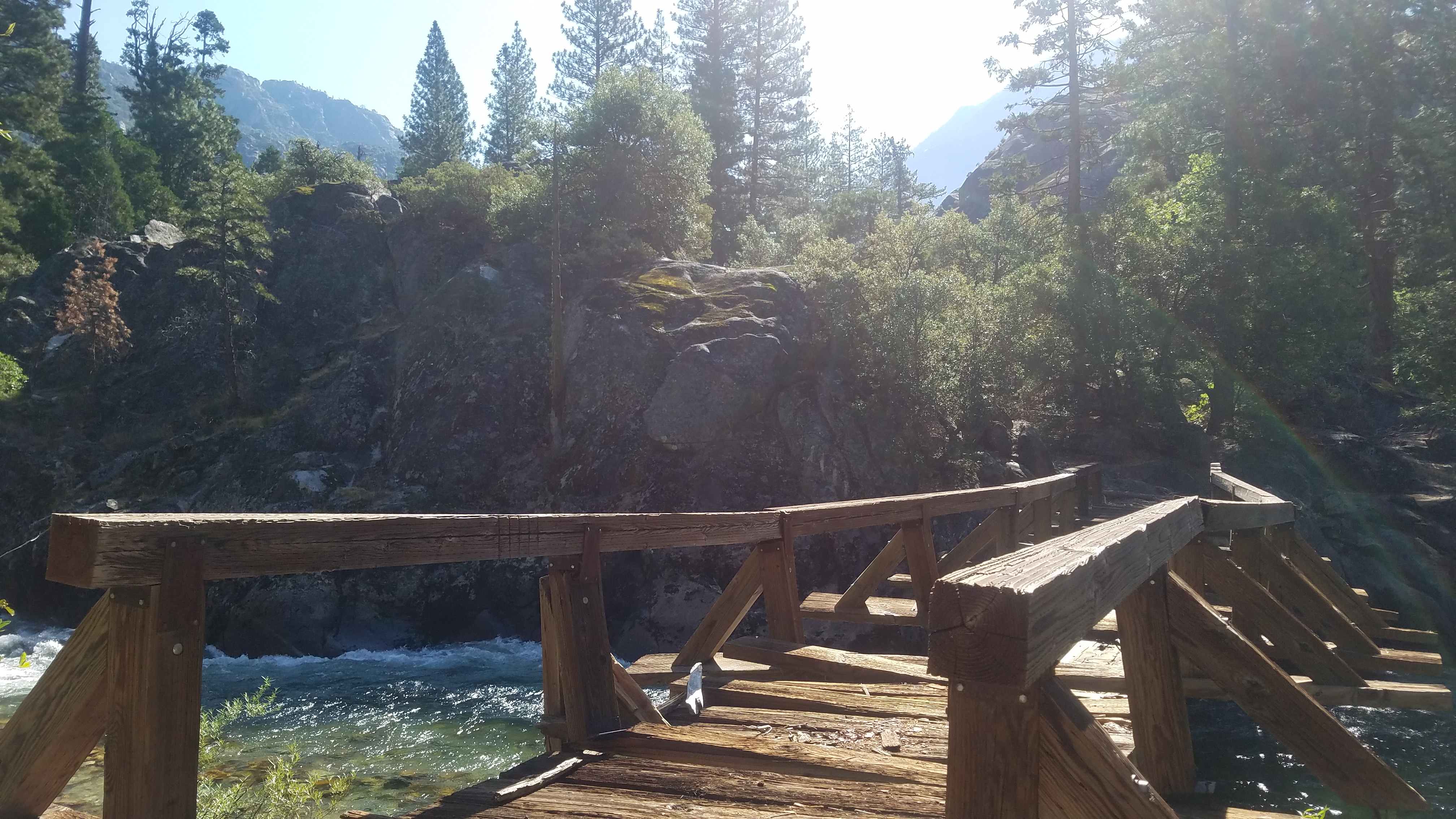
Day 2 started off with the temperature quickly ramping up early in the morning. After packing up camp, we decided to go for a quick swim before starting the 11mi day 2. There are 2 bridge crossings you do in order to follow the trail. The first bridge was still in tact but the second bridge was all but blown out from this year’s epic snow-melt. We received more conflicting advise on how to do the crossing. One ranger said don’t use the bridge, ford the river (which was actually pretty deep and running strong). Another ranger said use the bridge, just do so cautiously. We had talked to another group of hikers coming from the opposite direction and they said if you stick to the middle beam of the bridge we would be fine. So we did that and got across without any problems, but it sure looked janky.
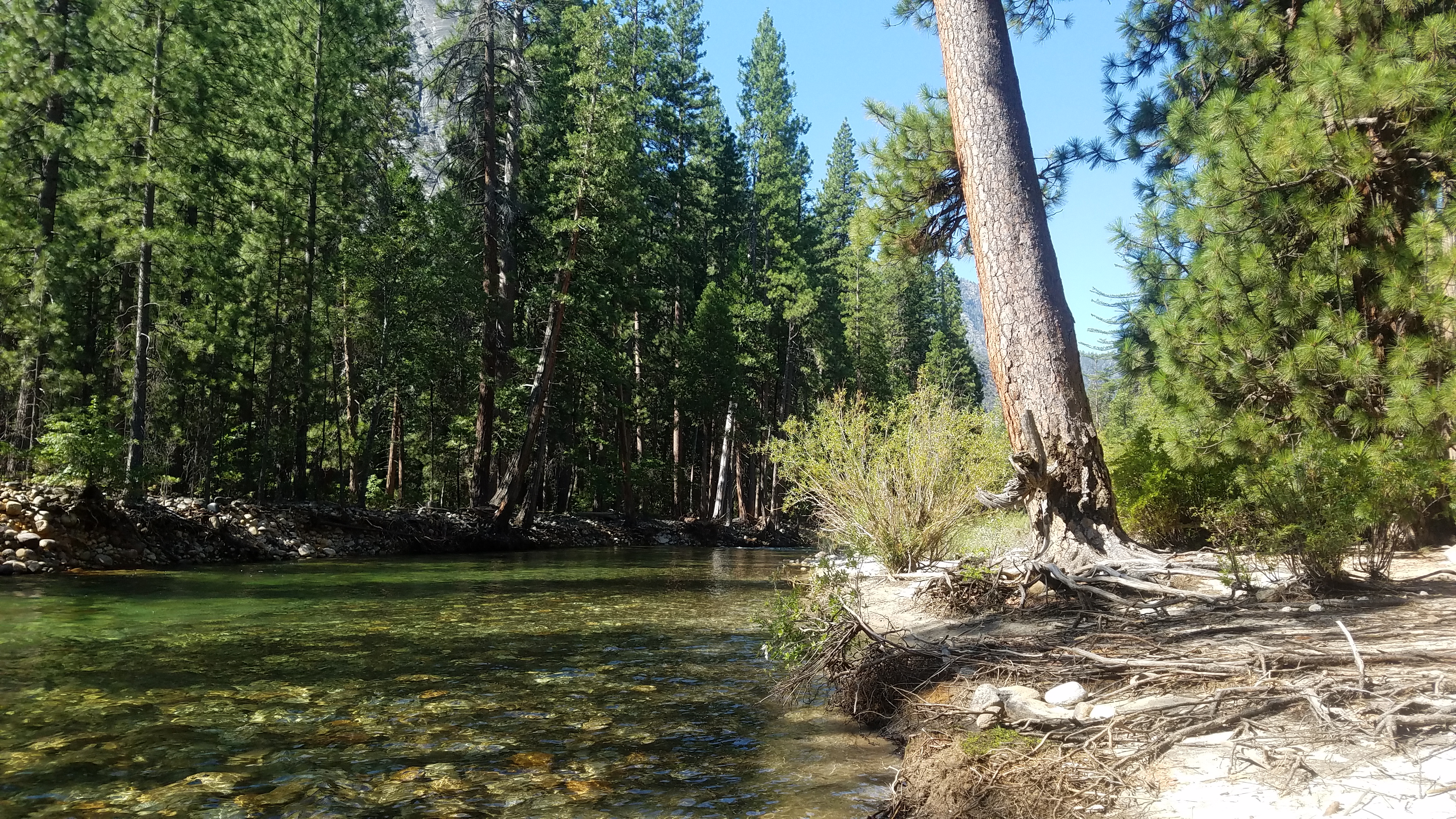
We probably spent too much time goofing off and swimming but it felt great at the time. It was going to be hot so it was nice to relish the cold river water while we could. Day 2 really felt like eternity. I was coming off being utterly sick and bed ridding a week before, so the heat, elevation gain, and mileage really took its toll. Not to mention the worst fly and mosquito area I have ever hiked through. Even with bug spray on I had to constantly swat away flies and straight up smash mosquitoes because they wouldn’t leave me alone. For me, this hike really fell into the type 2 category of fun. In the thick of it, its mostly just a mind game to get yourself to keep walking, how to ignore the bugs, the pain in my feet, and the exhaustion. Writing this now and looking back, I can’t wait to get out there again. The trail was really quite beautiful but at the time you just can’t enjoy it. Lush wooded areas, frequent waterfalls, amazing canyon views. I recommend taking a lot of pictures to enjoy later. My favorite thing about Yosemite are those massive granite walls. They are awe inspiring. There they have stood for millenia. They are timelessness. And who are we to stand among them? They always remind me of mortality. Yet at the same time, we are so small and are capable of scaling mountains in our blip of a lifetime. How amazing it is to be human.
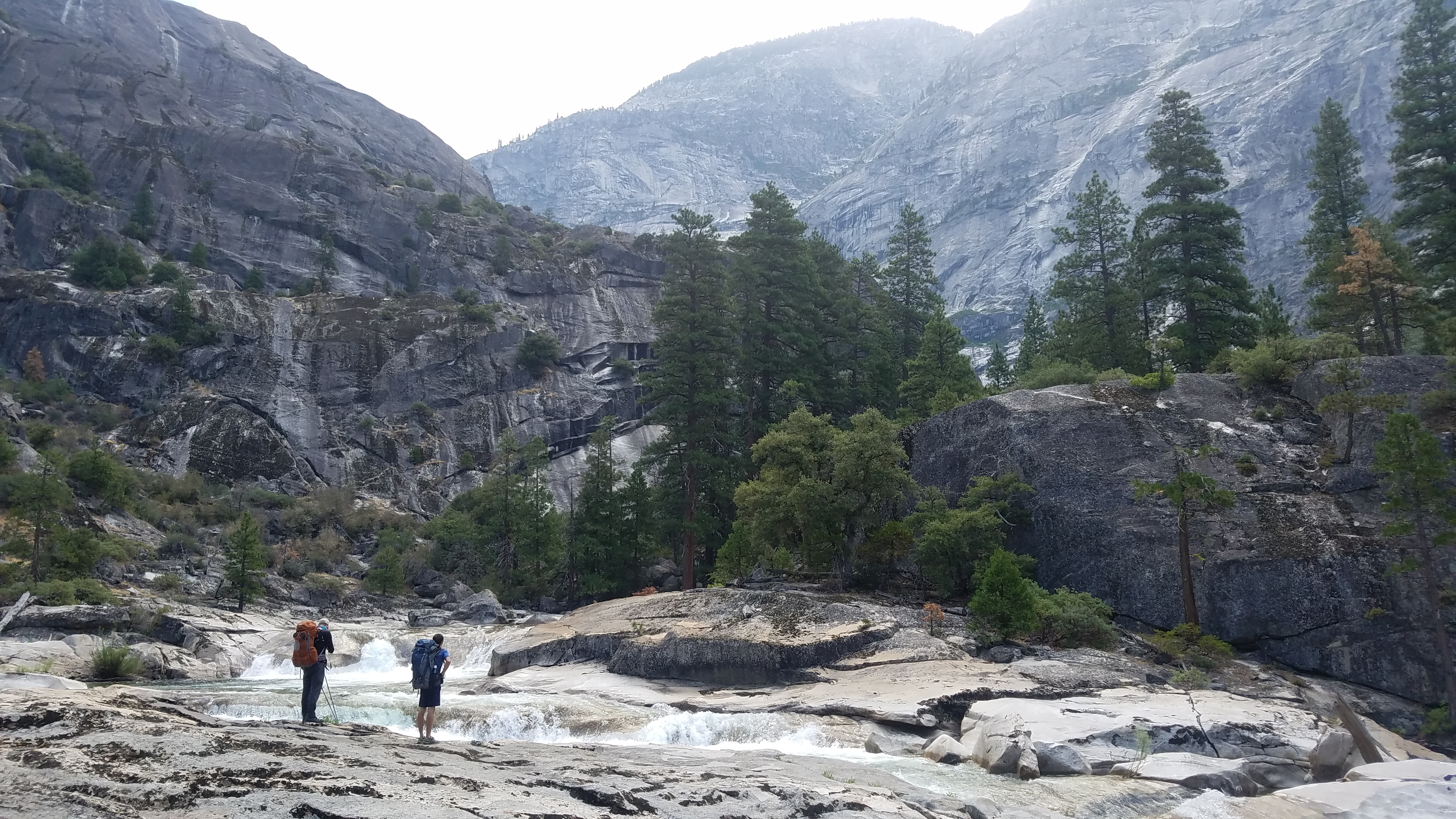
It was a long day, that about describes day 2. I’ve done higher mileage days before and this felt like the absolute longest (for whatever reason). We finished the final set of switchbacks up Water Wheel Falls just as the sun was setting, and topped it off with another bear sighting. Could not have been happier to have day 2 be over.
The day you hike out always has a bit of excitement to it. While I love backpacking, its nice to look forward to a shower and some In n Out. Day 3 is around 8-9 miles, depending on your map source. You continue up past Water Wheel to LeConte Falls and then onward to Glen Aulin High Sierra Camp. The camp was closed this year but the solar toilet was still open which a number of the group used. I was doing well up to about 2 miles pass Glen Aulin and then I totally tanked. My legs and feet wanted to be done. Luckily, the last few miles of the hike were more or less flat and on dirt trail. It still hurt terribly but its all a faint memory now. All I feel now is the satisfaction having done it and the joy of having spent a weekend out with my friends in one of the most beautiful places in the world.



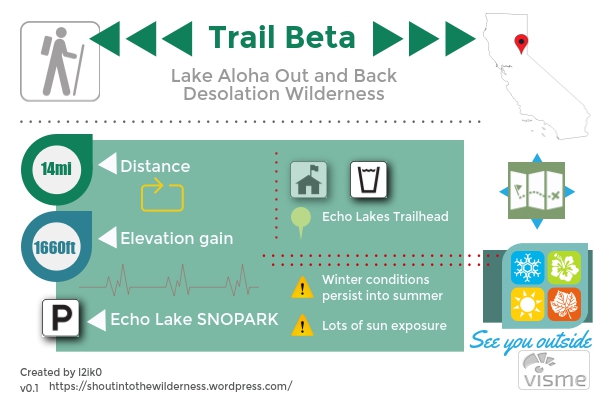
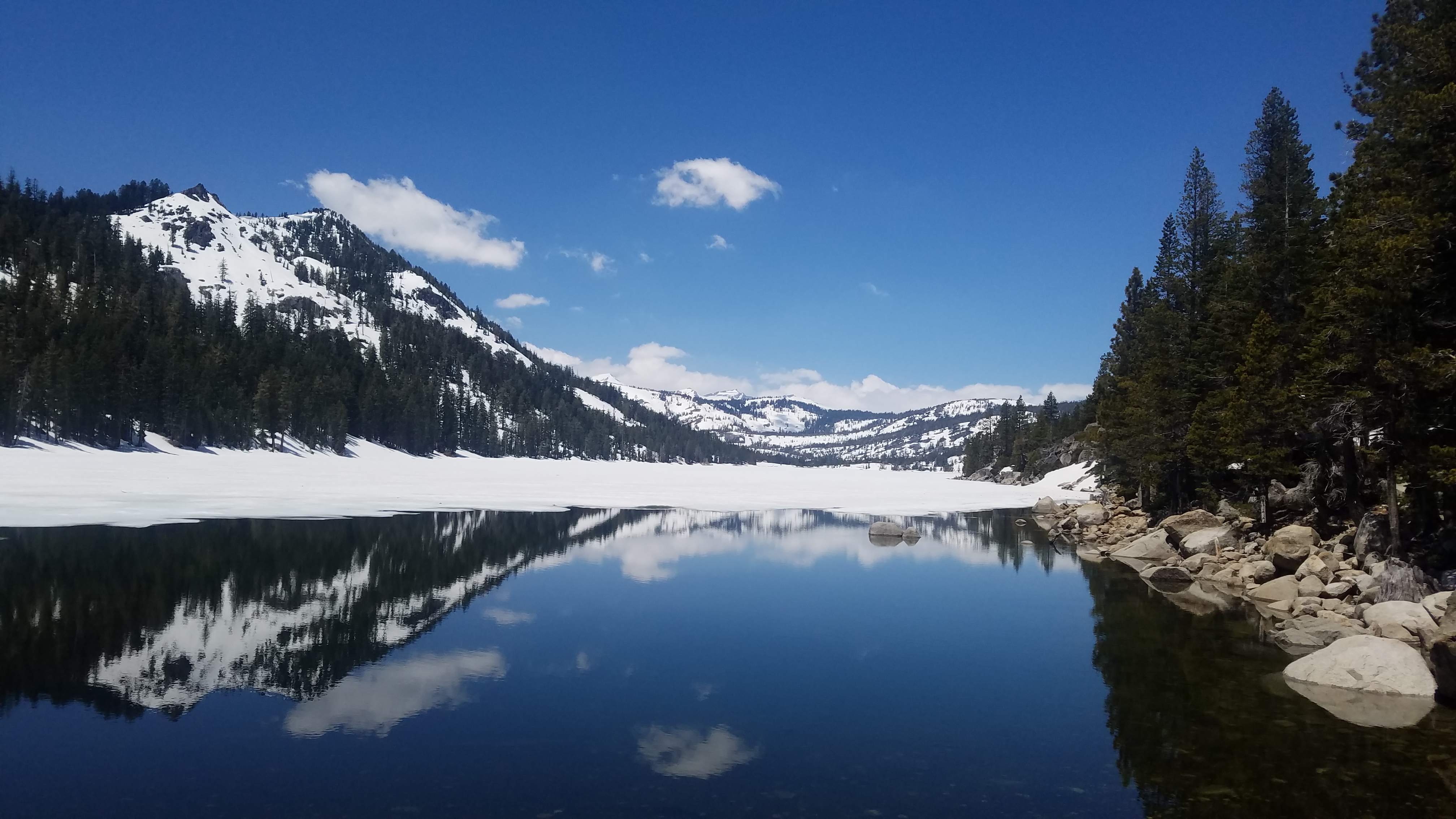
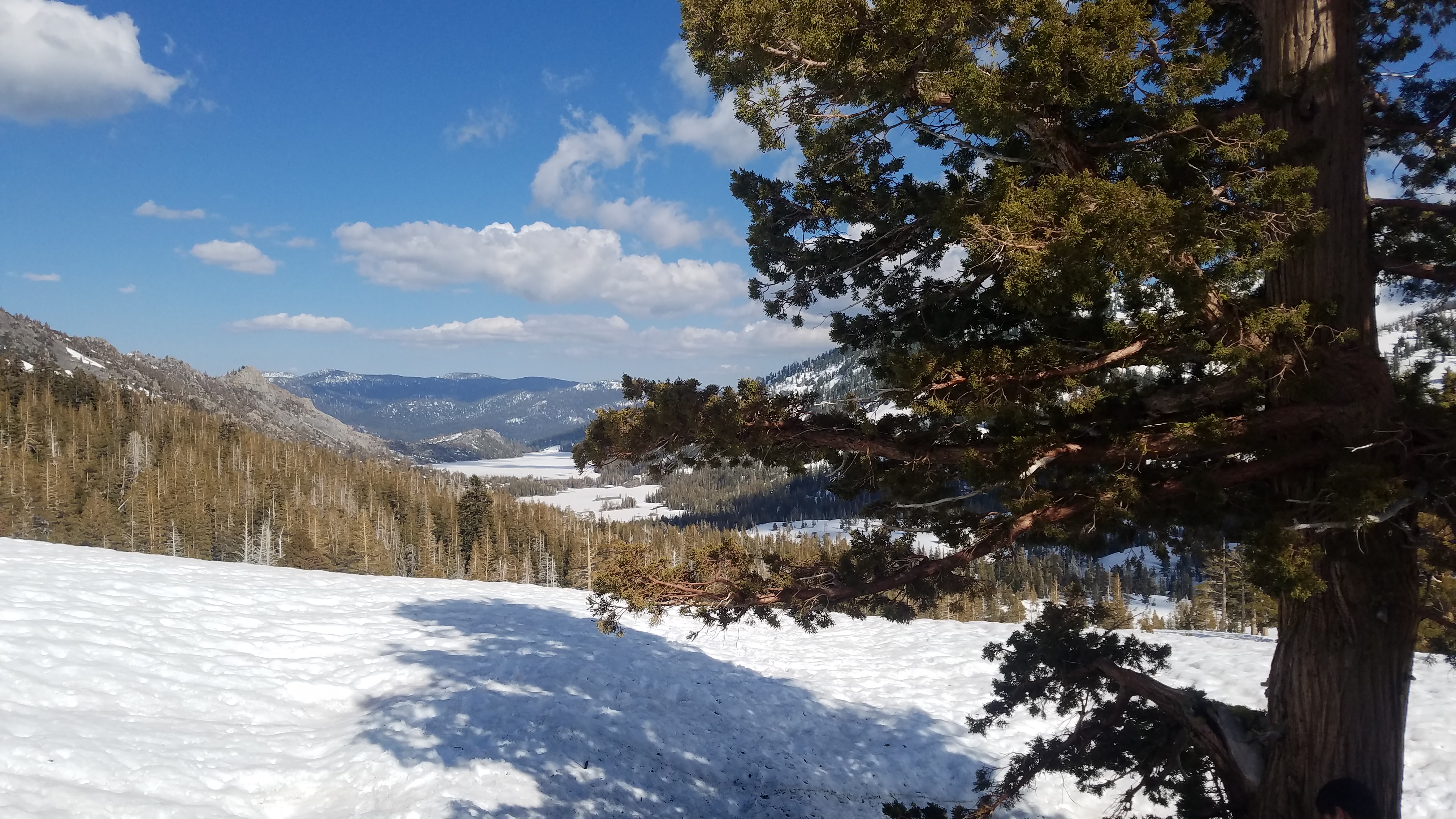 Forcing yourself to take the next step is not. But perhaps in these times its not the pursuit of “fun” that is our reason to go outside (although I will argue that it is often times simply that) but to see how far we can push ourselves…to see how far our bodies will go and how far our mind can push it without giving up. I wouldn’t even say its character building…its more like character breaking to reduce yourself to robot that just takes step after step up a frozen hill. Its also a bit unsettling to know that despite how far you are able to push yourself, you still have to do that all again to go back home.
Forcing yourself to take the next step is not. But perhaps in these times its not the pursuit of “fun” that is our reason to go outside (although I will argue that it is often times simply that) but to see how far we can push ourselves…to see how far our bodies will go and how far our mind can push it without giving up. I wouldn’t even say its character building…its more like character breaking to reduce yourself to robot that just takes step after step up a frozen hill. Its also a bit unsettling to know that despite how far you are able to push yourself, you still have to do that all again to go back home.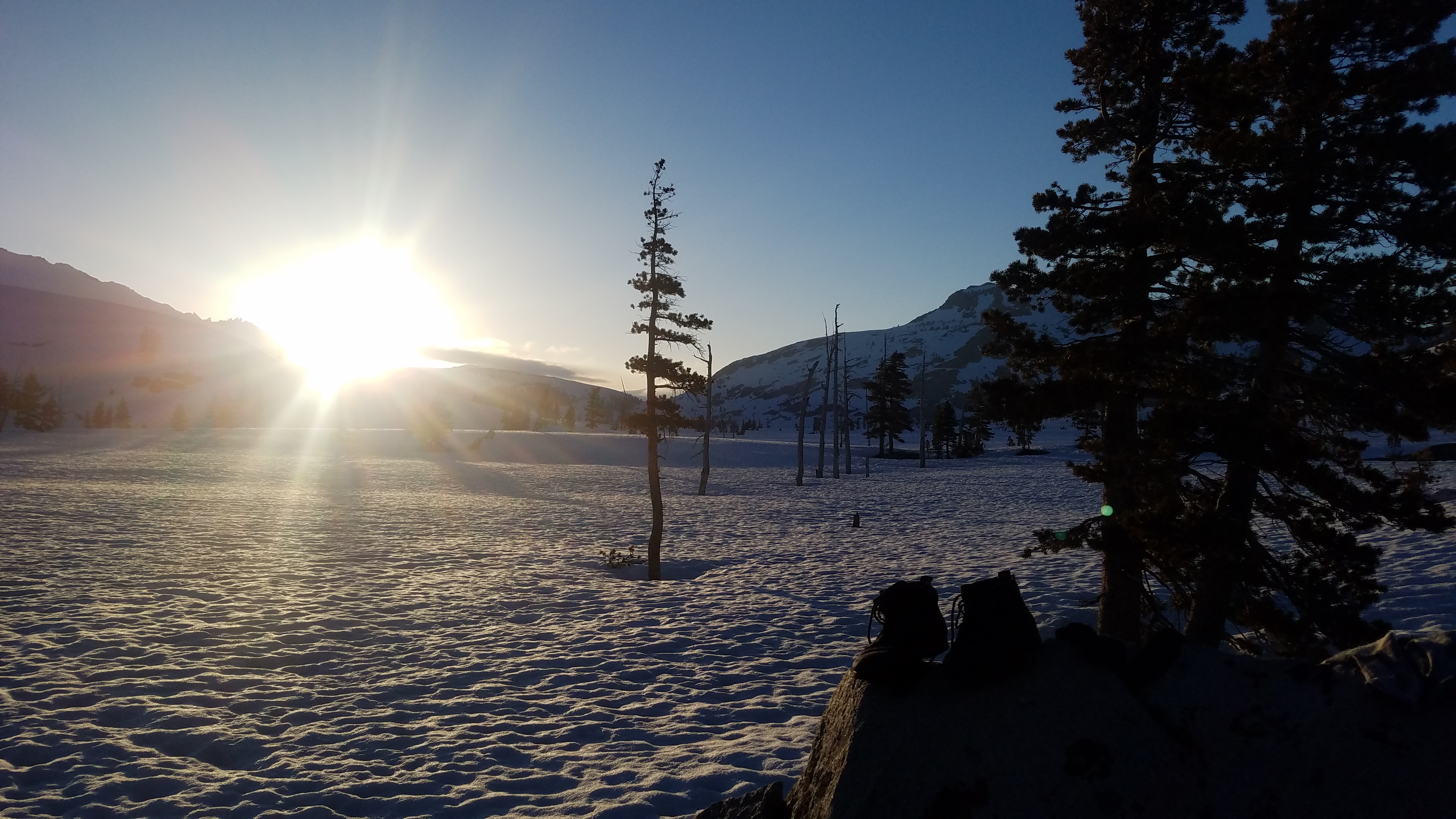 Alas, there was a light at the end of the tunnel. We made it to what GPS said was Lake Aloha before sunset. What it really looked like was a giant snowfield. We happened to find a nice grouping of rocks to setup camp so we wouldn’t be completely in the snow. The group that was ahead up us camped up on a rocky ridge that jutted out into the “lake” but otherwise there was no one else around.
Alas, there was a light at the end of the tunnel. We made it to what GPS said was Lake Aloha before sunset. What it really looked like was a giant snowfield. We happened to find a nice grouping of rocks to setup camp so we wouldn’t be completely in the snow. The group that was ahead up us camped up on a rocky ridge that jutted out into the “lake” but otherwise there was no one else around.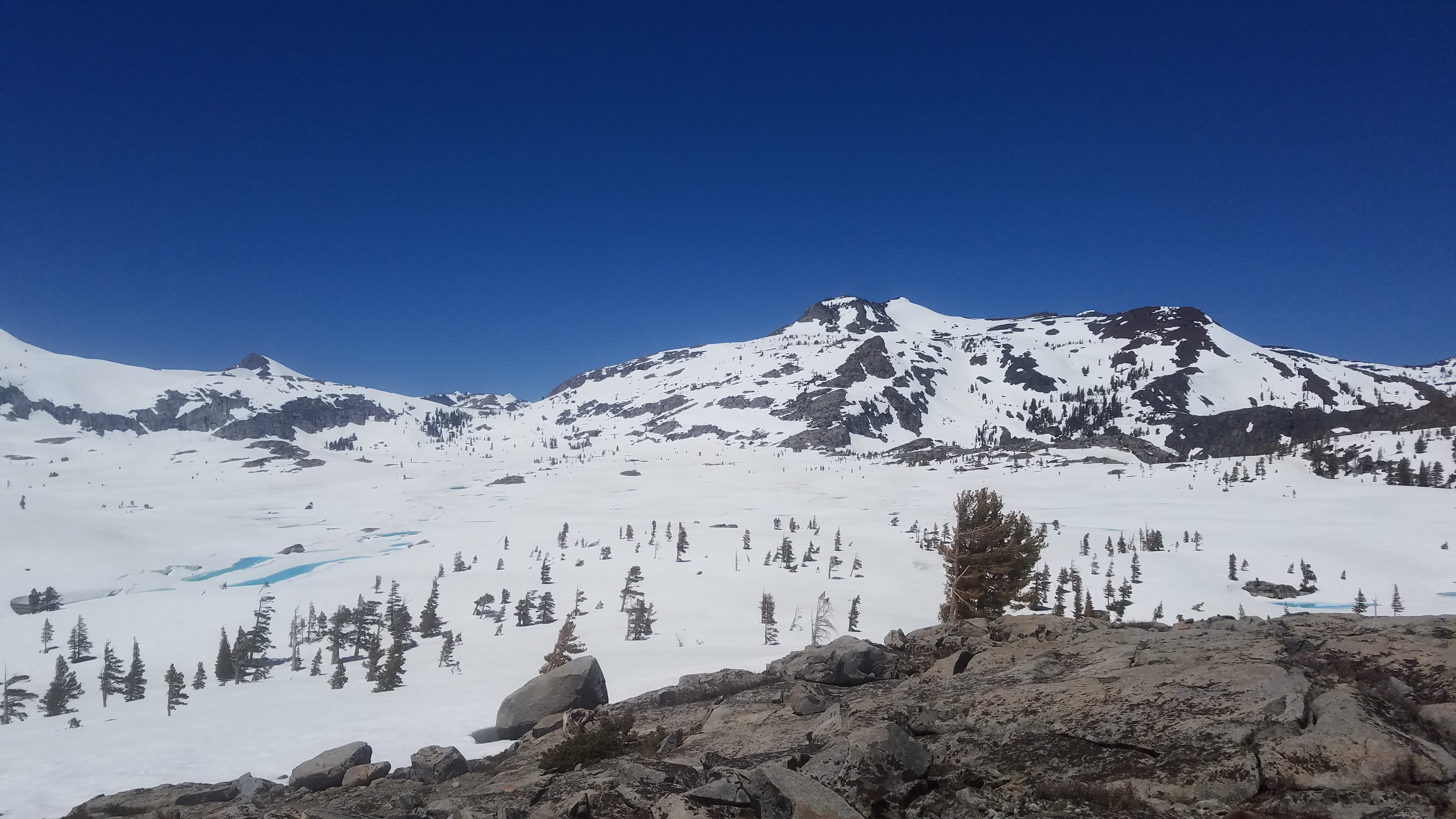 With the sun reflecting off the snow it felt more like low 80s. We got up on the ridge and looked around. There were a sporadic amount of small snowmelt lakes forming and to the west was an actual stream. We hiked down off the ridge to check it out. Apparently there was an actual dam release there. It was a bit sketchy because you can’t really tell what you’re standing on until you can see it from the water’s side. All we could tell that at some point there was a supported cement wall, so we aimed for that wall.
With the sun reflecting off the snow it felt more like low 80s. We got up on the ridge and looked around. There were a sporadic amount of small snowmelt lakes forming and to the west was an actual stream. We hiked down off the ridge to check it out. Apparently there was an actual dam release there. It was a bit sketchy because you can’t really tell what you’re standing on until you can see it from the water’s side. All we could tell that at some point there was a supported cement wall, so we aimed for that wall.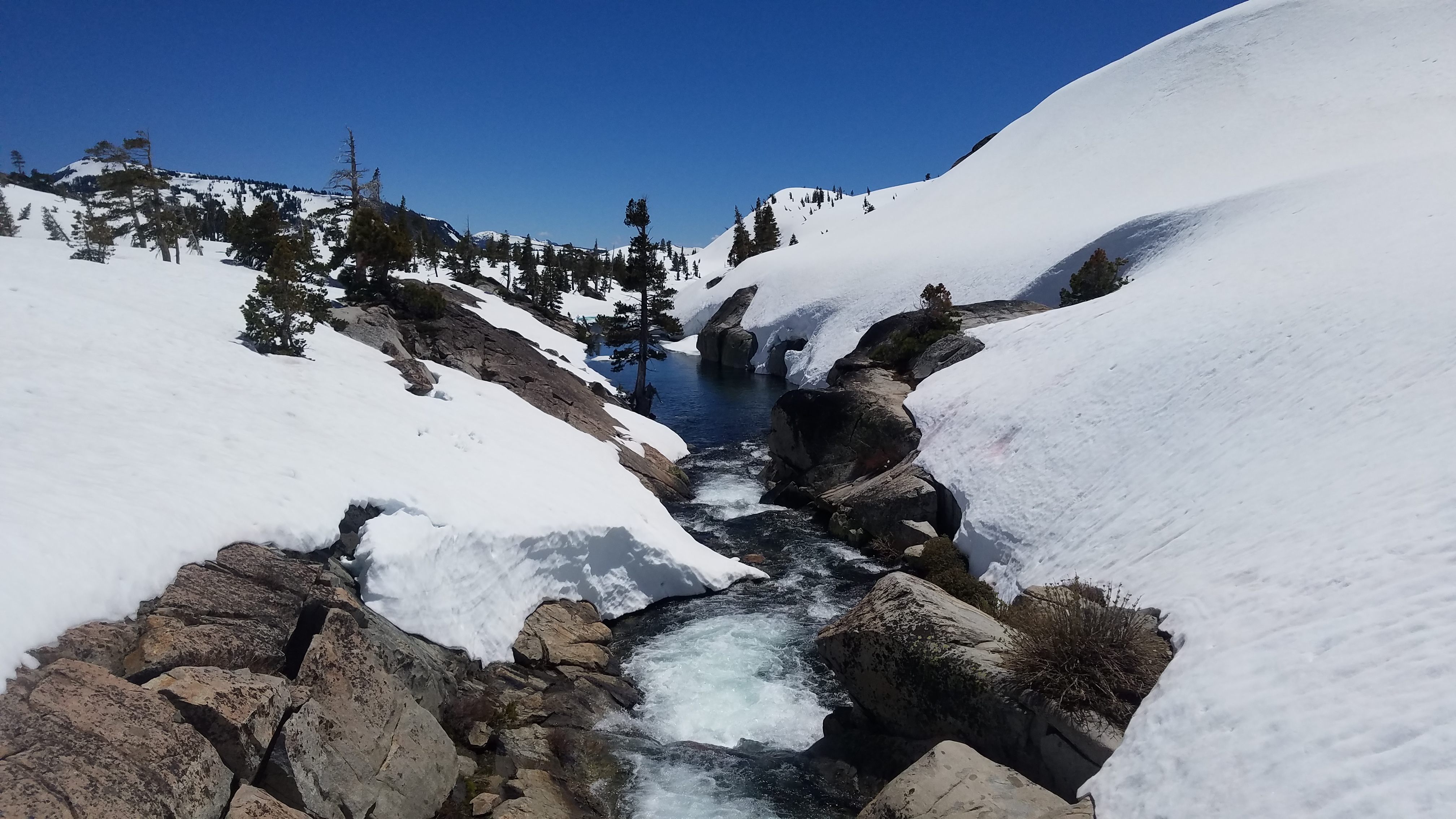
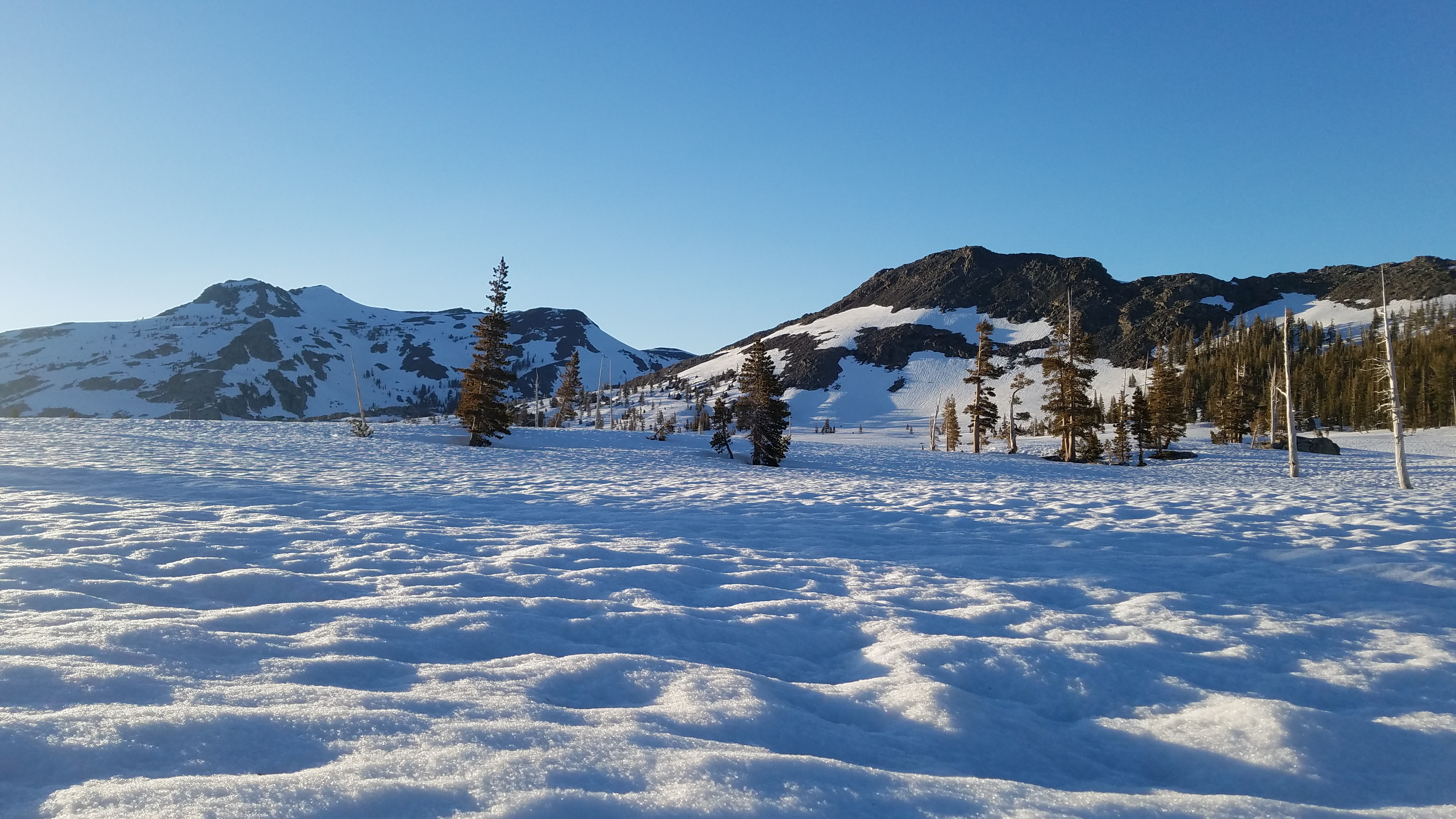

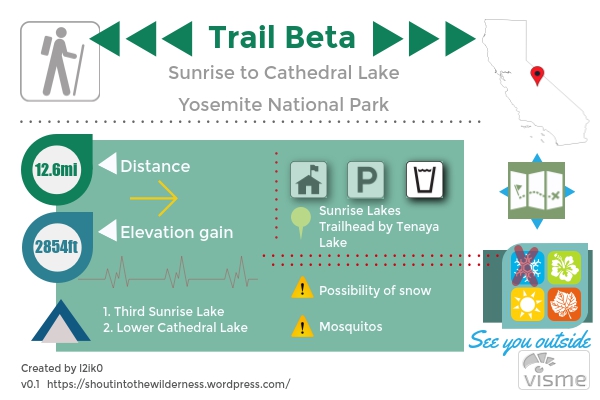
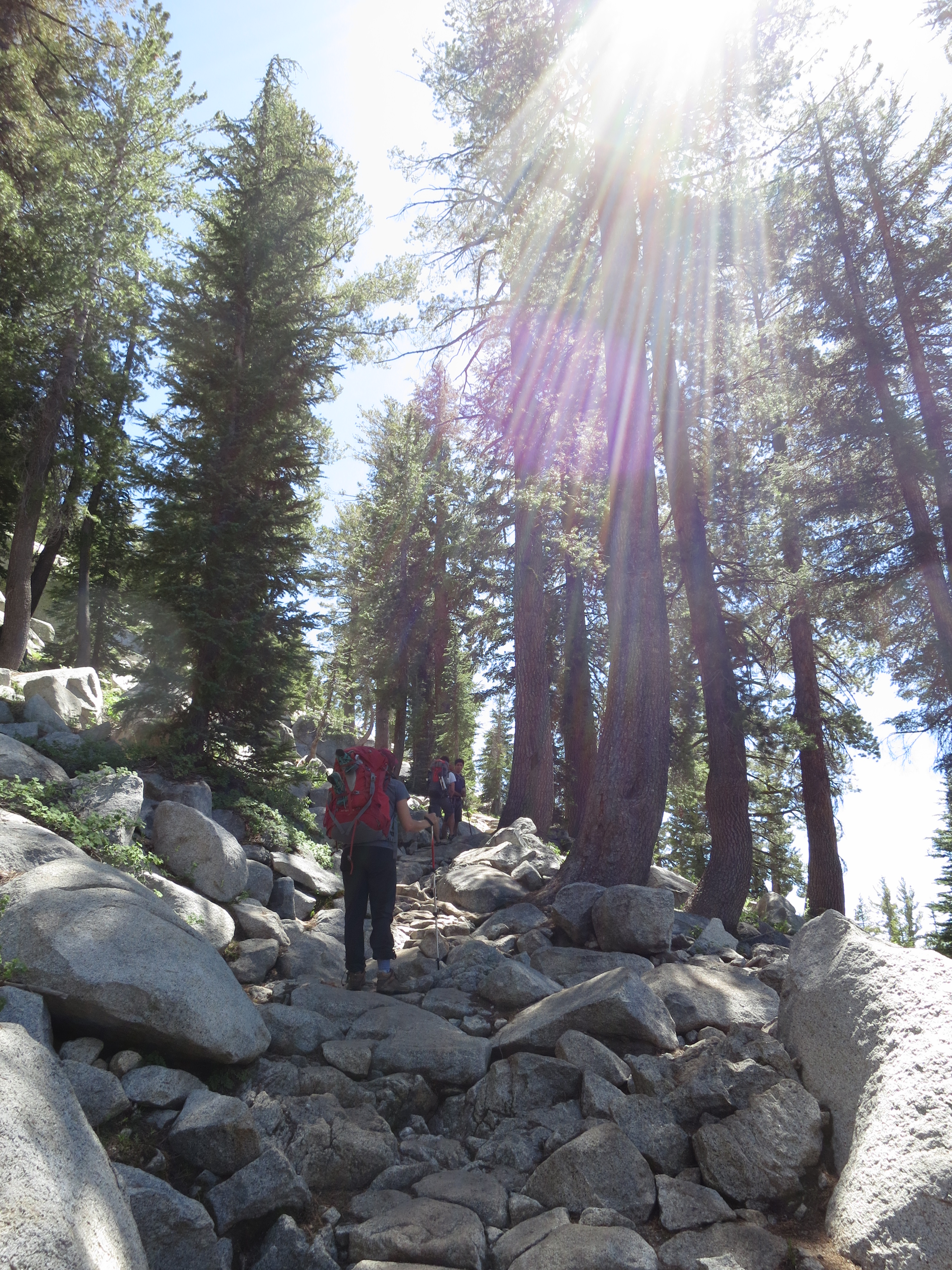
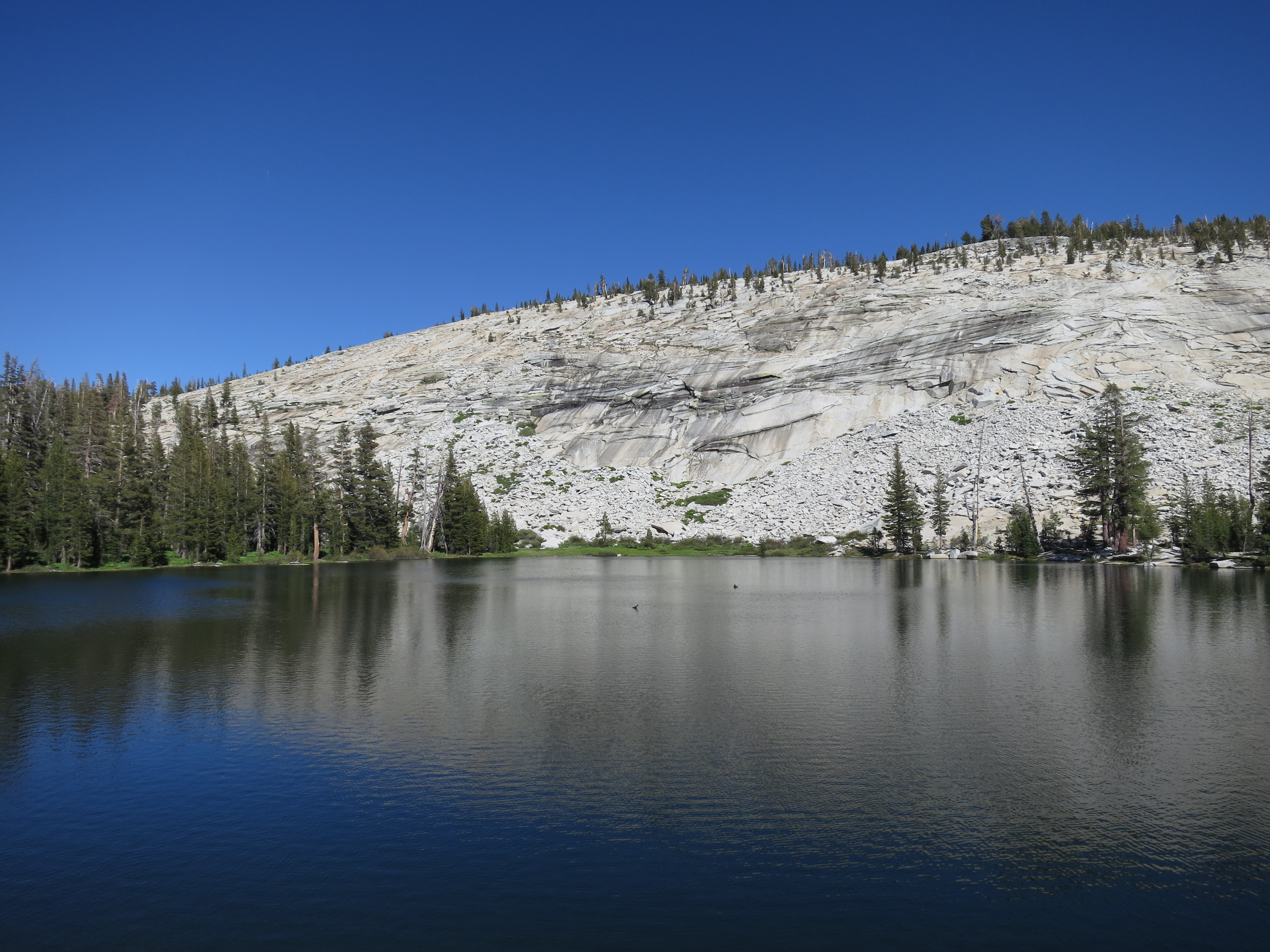
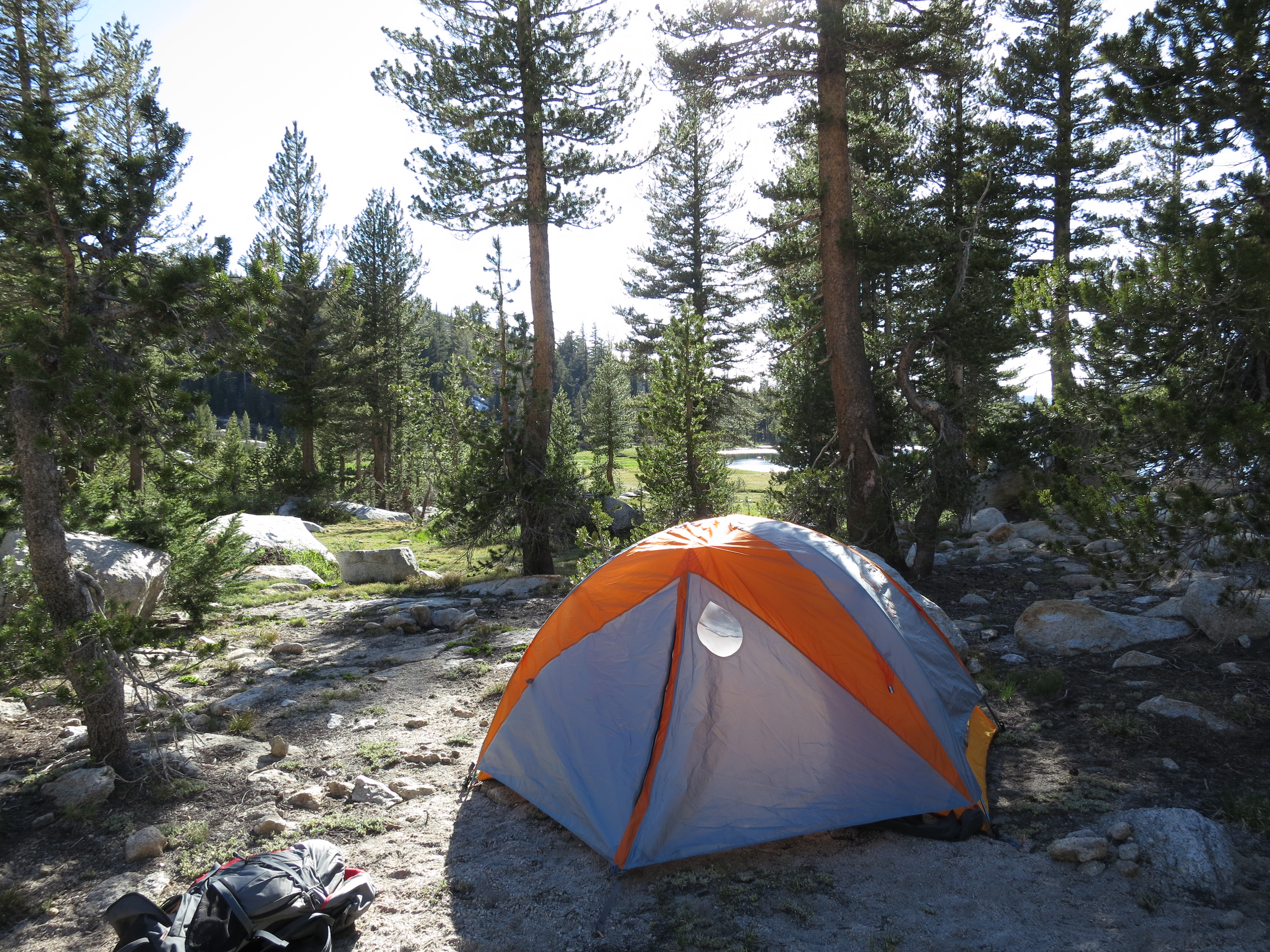
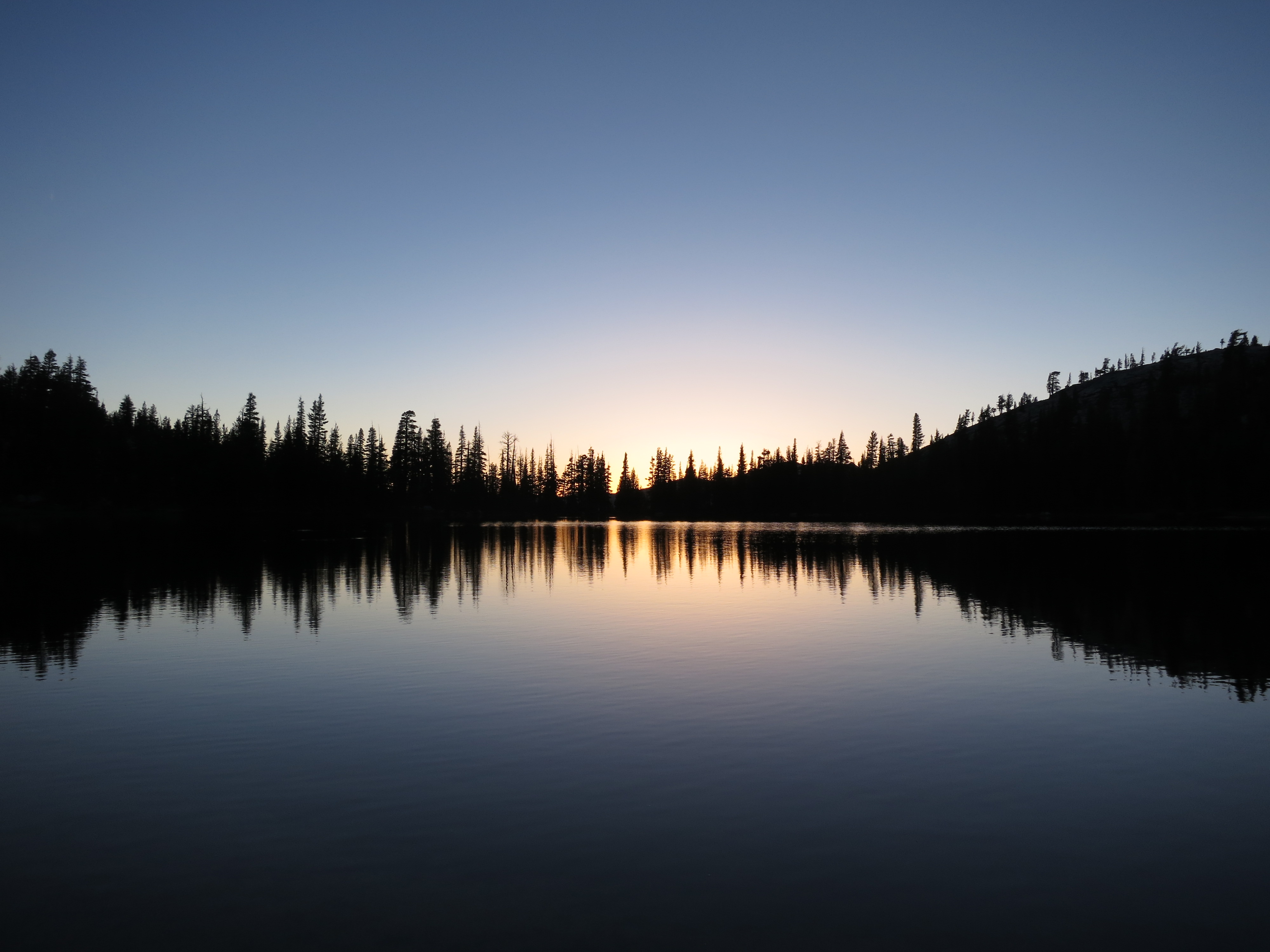
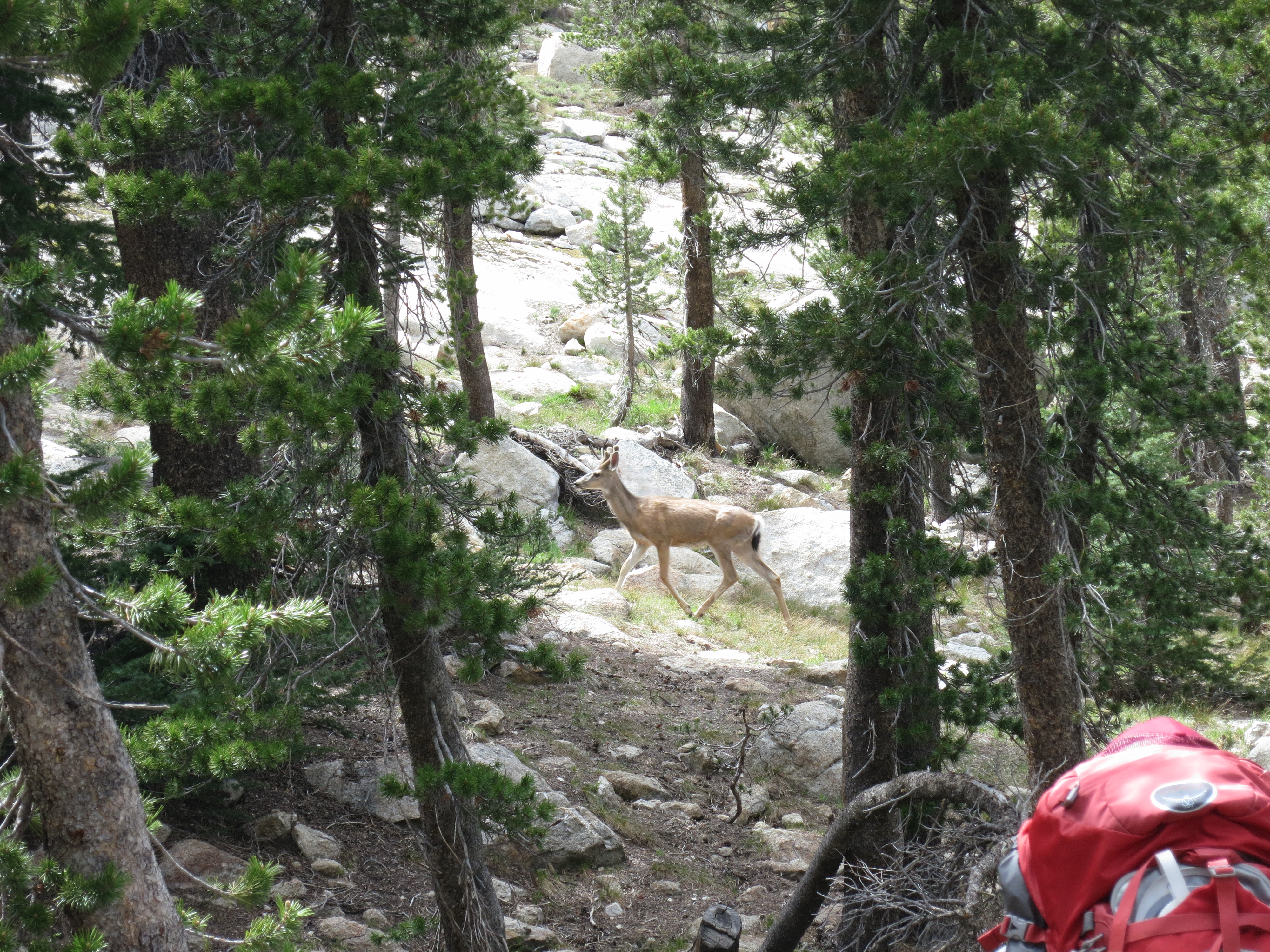
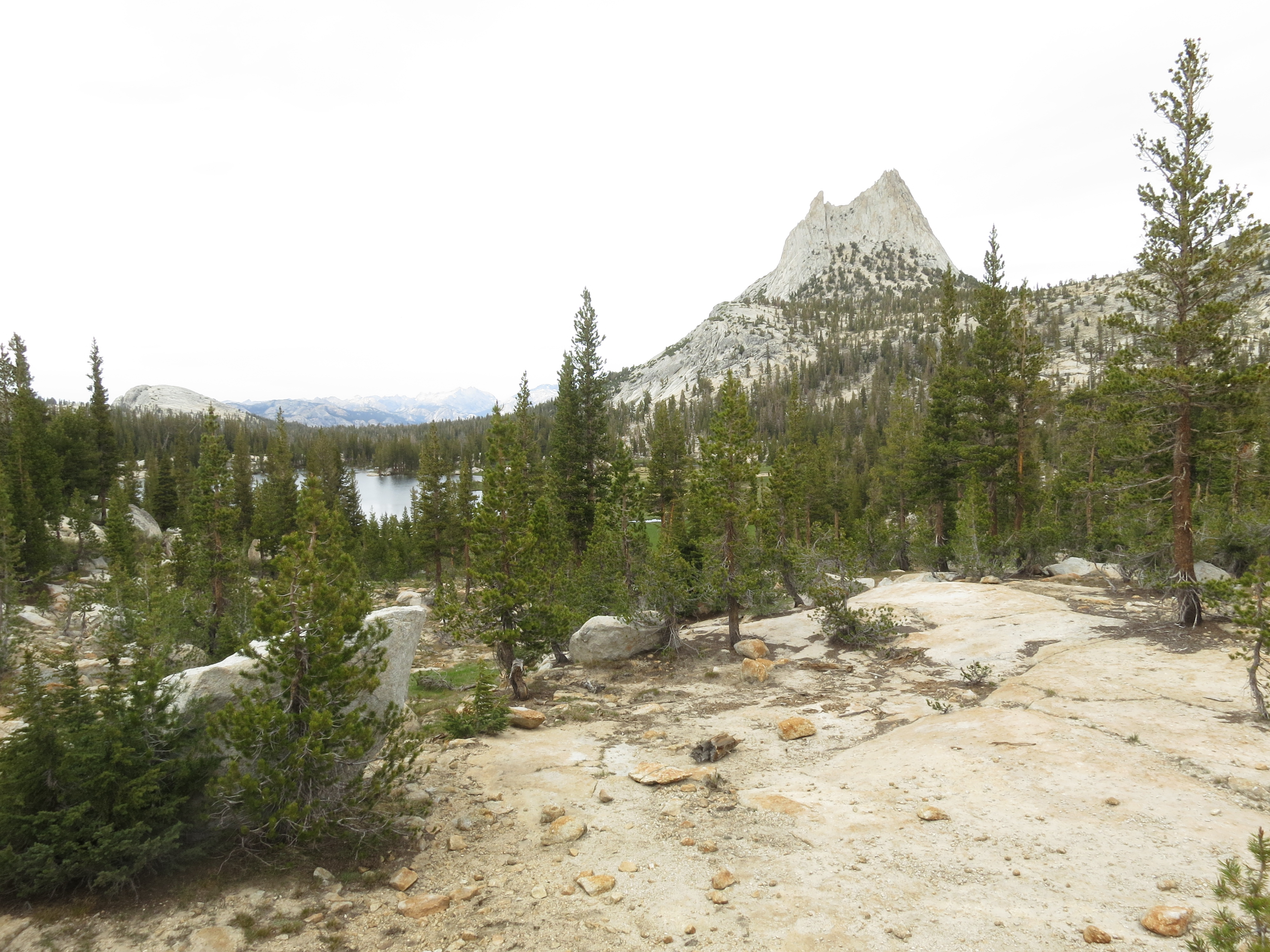
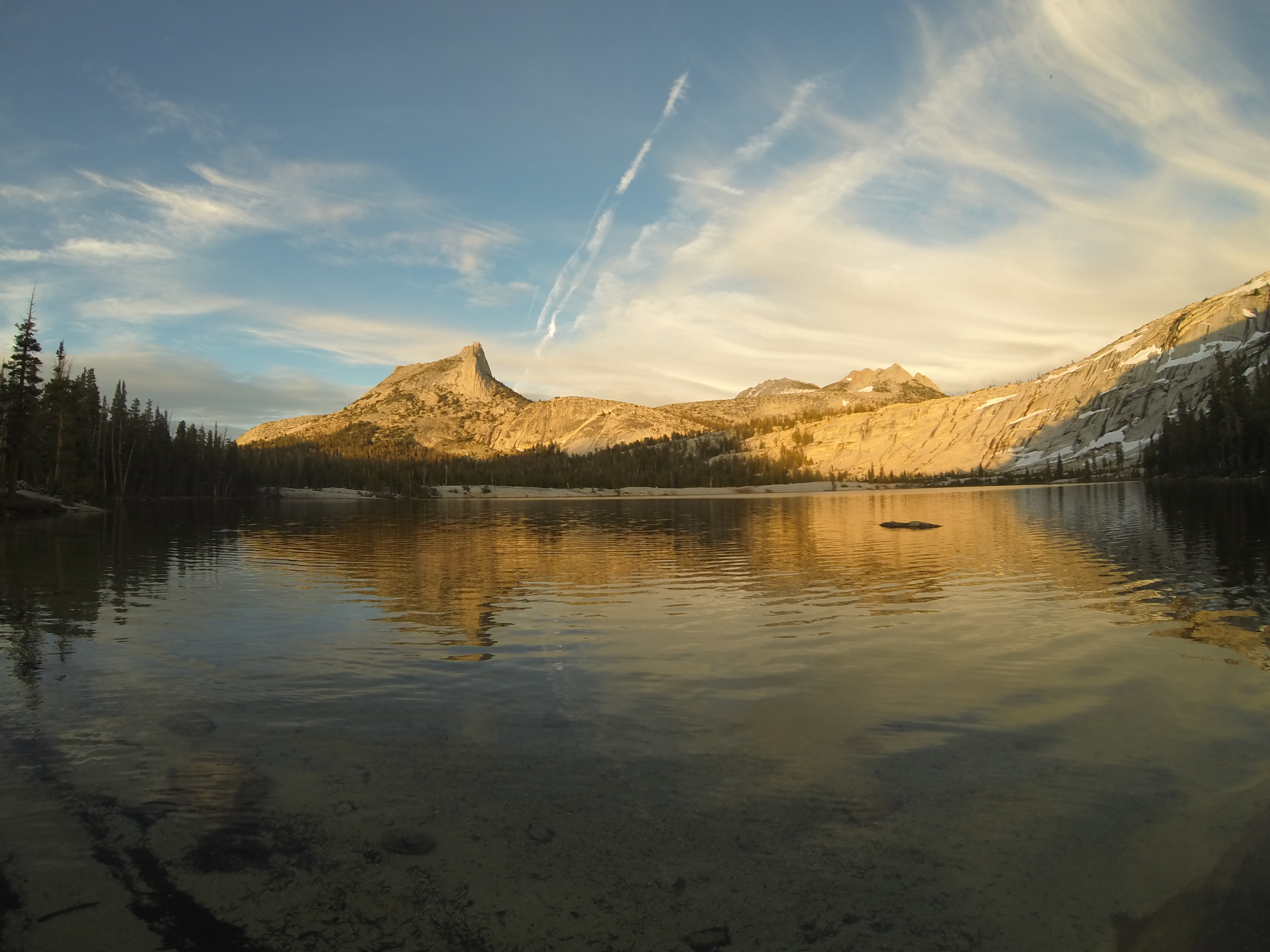
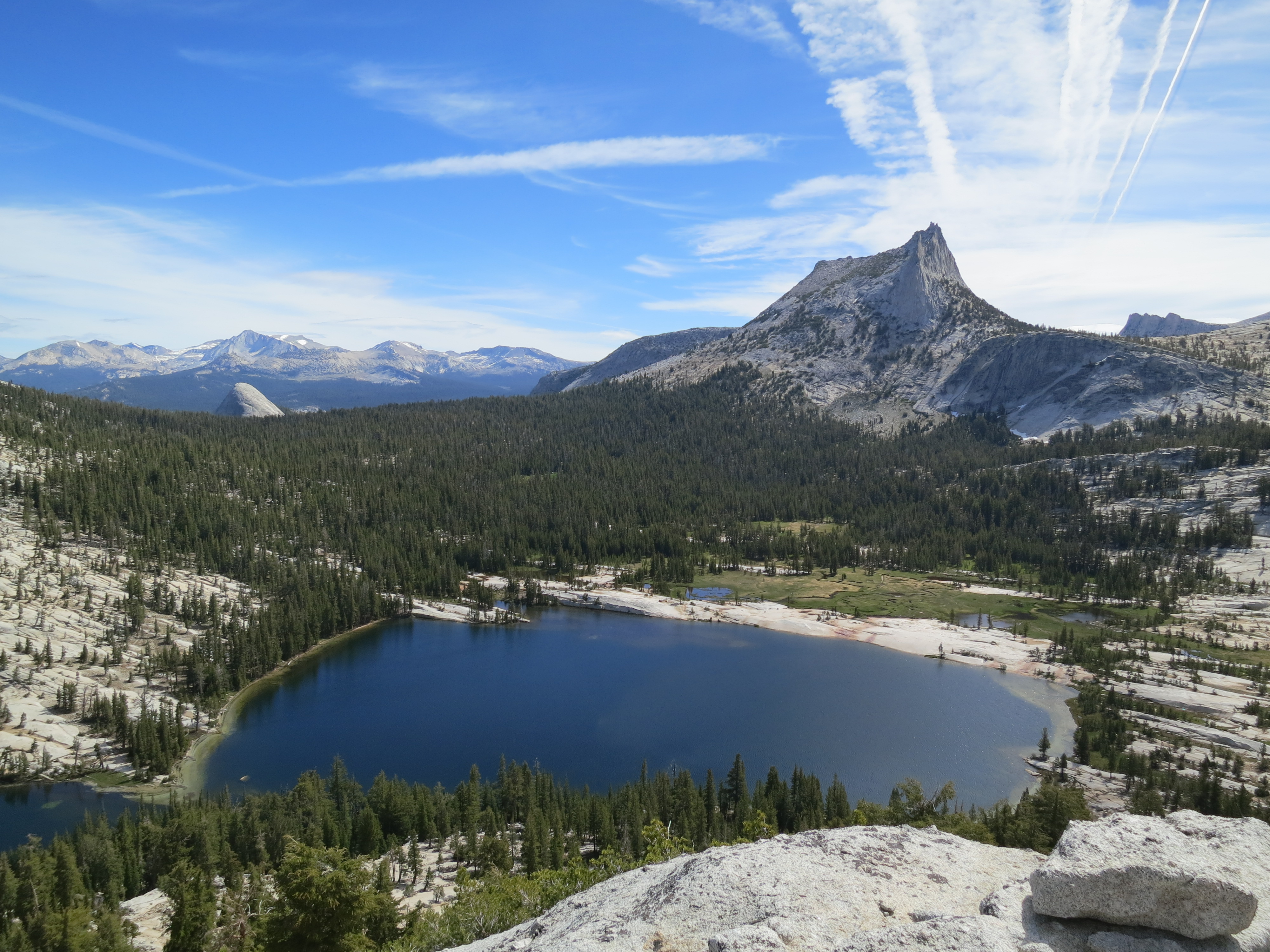

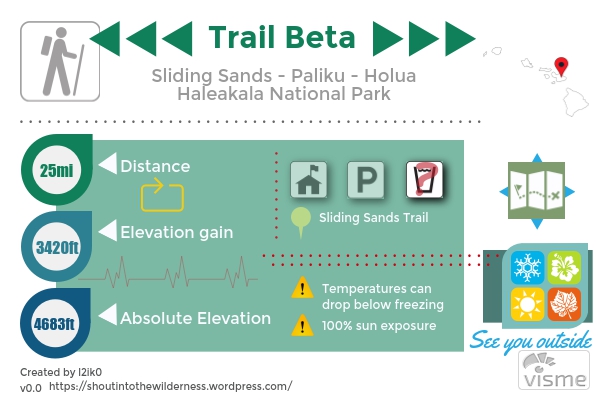
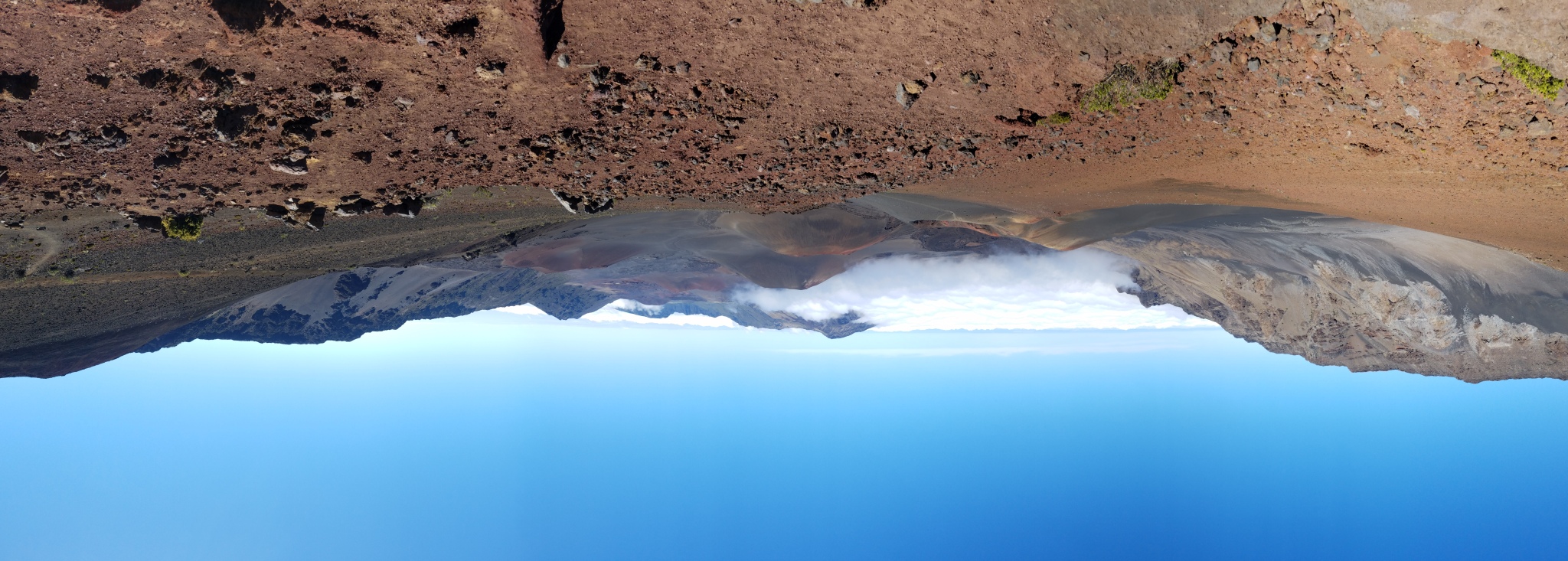
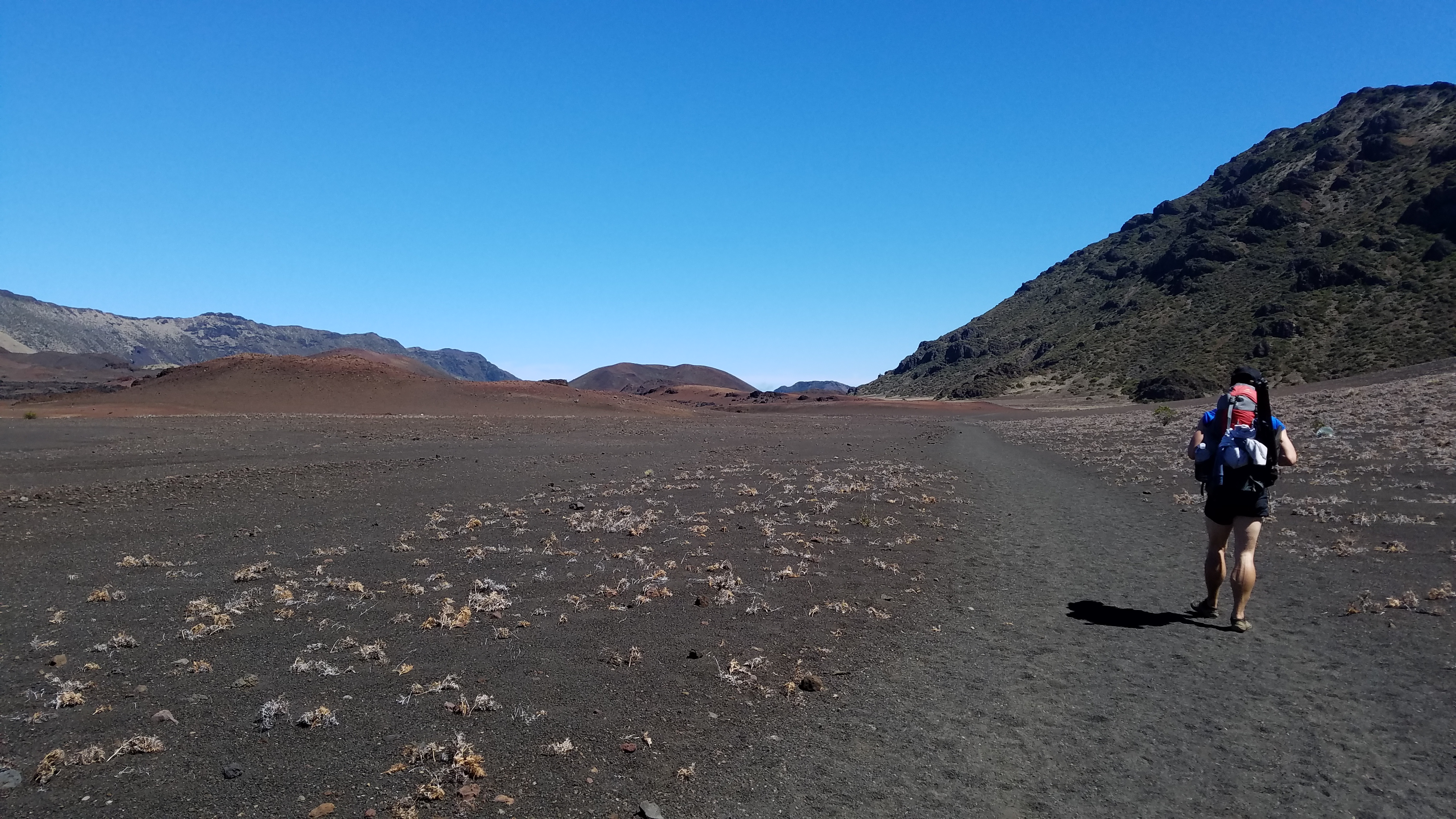
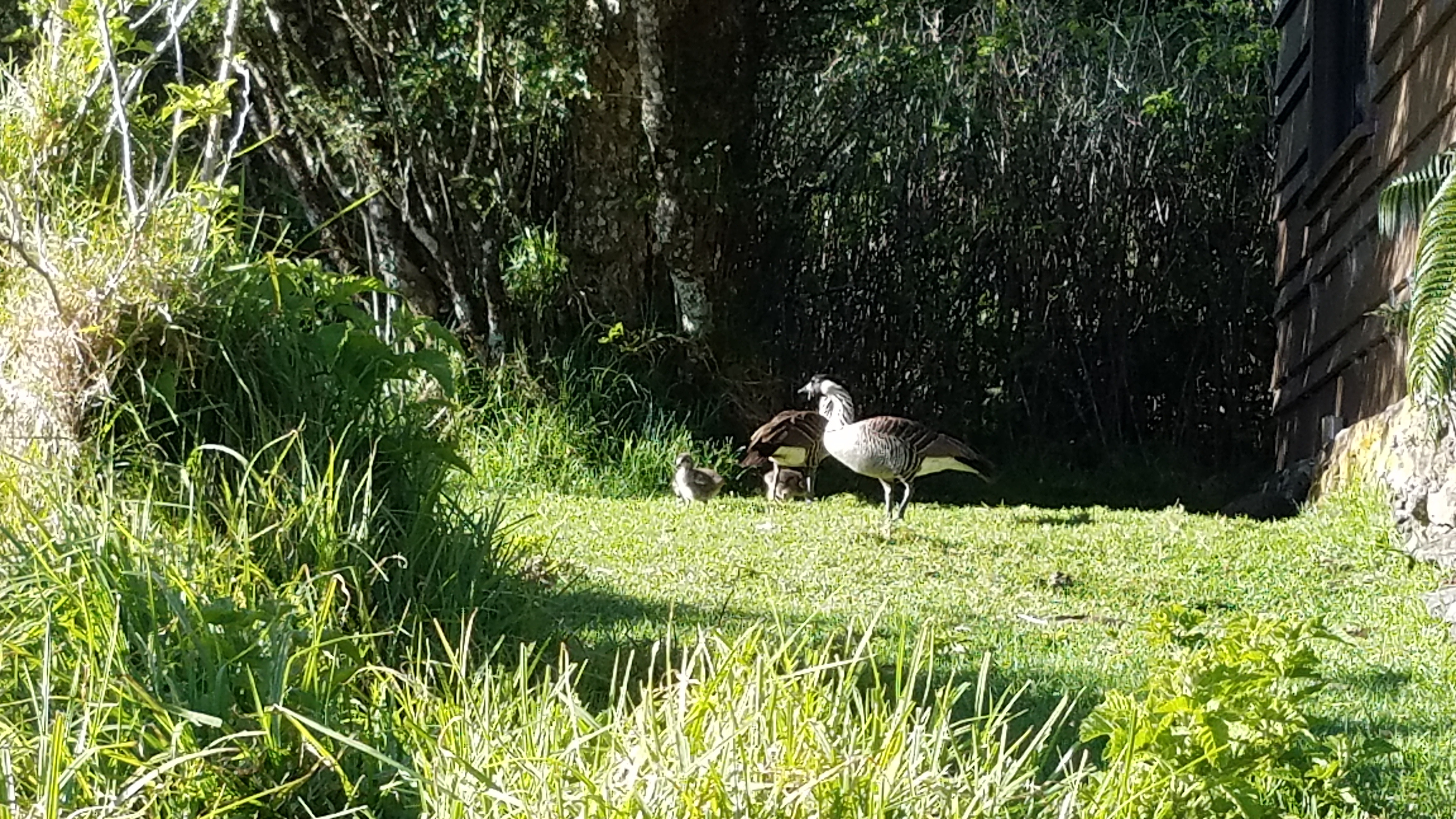

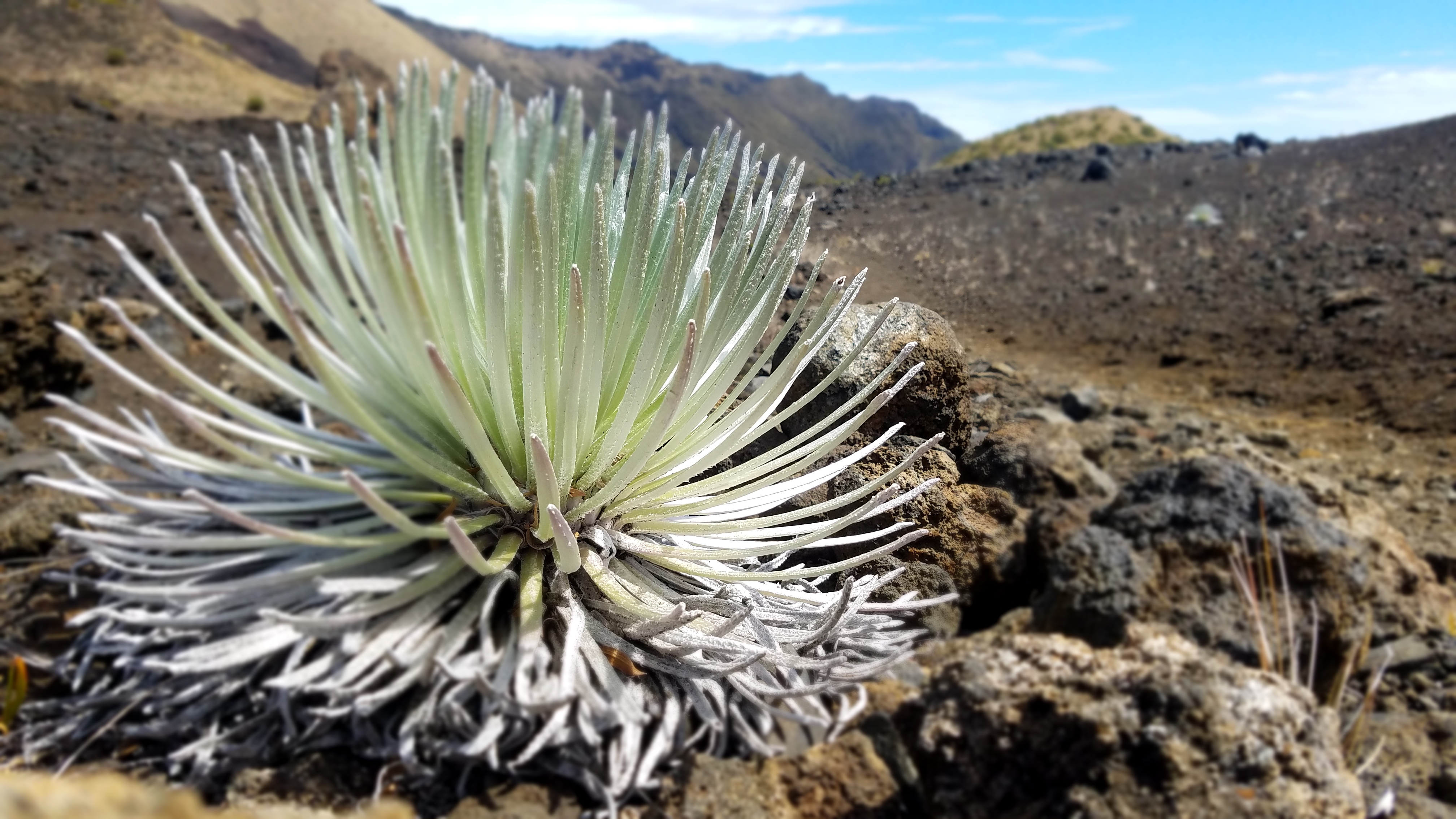
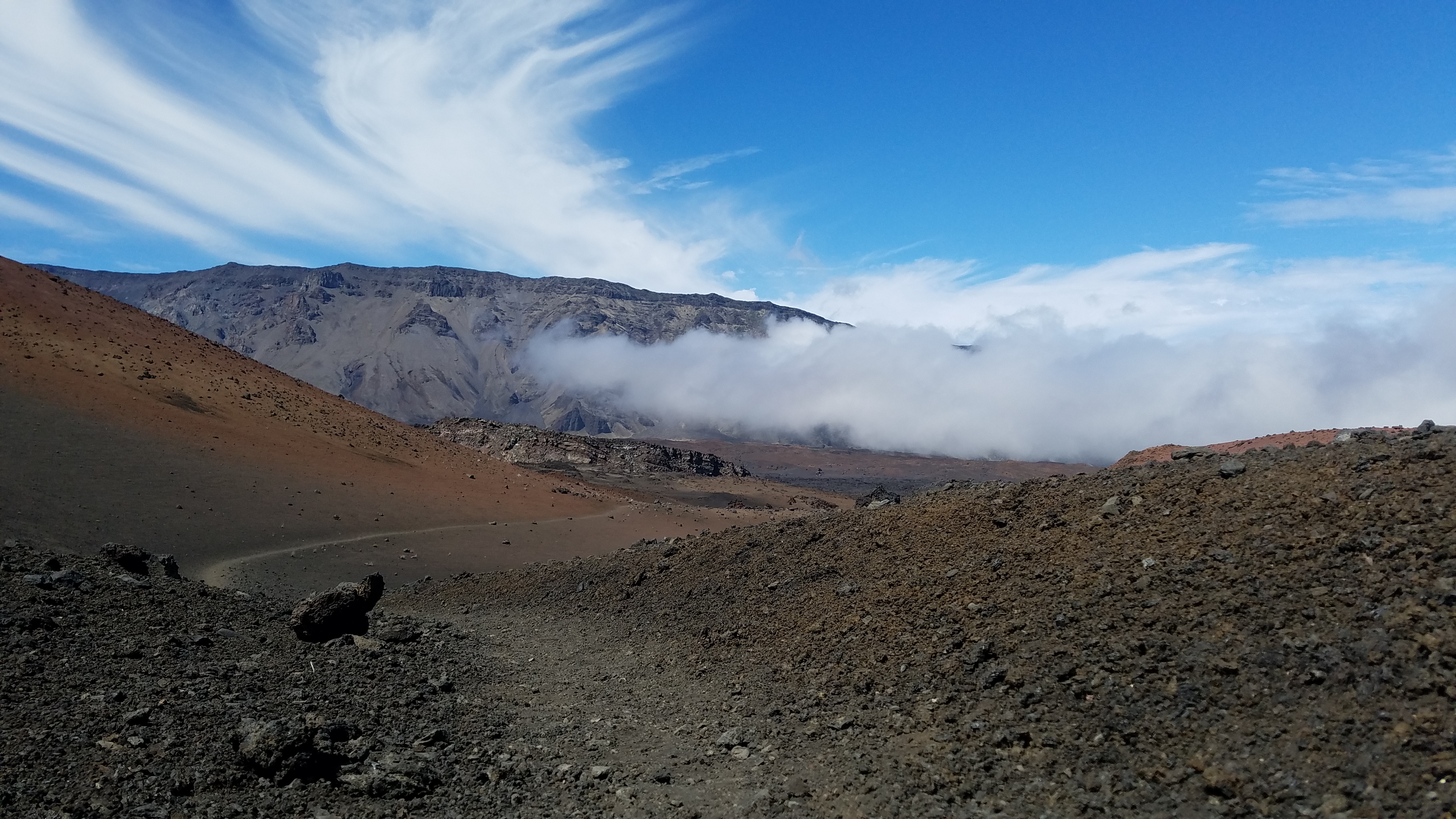
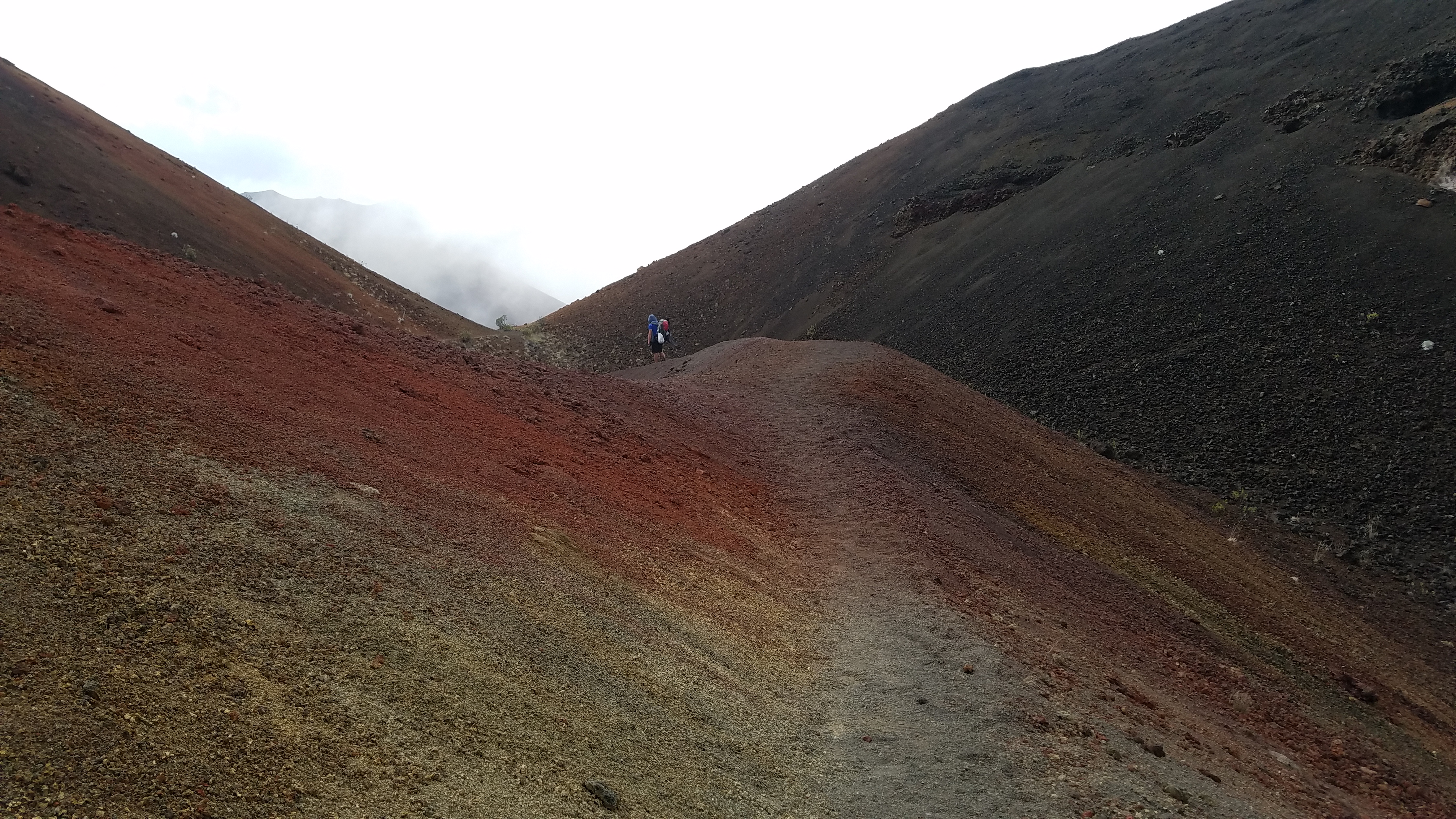
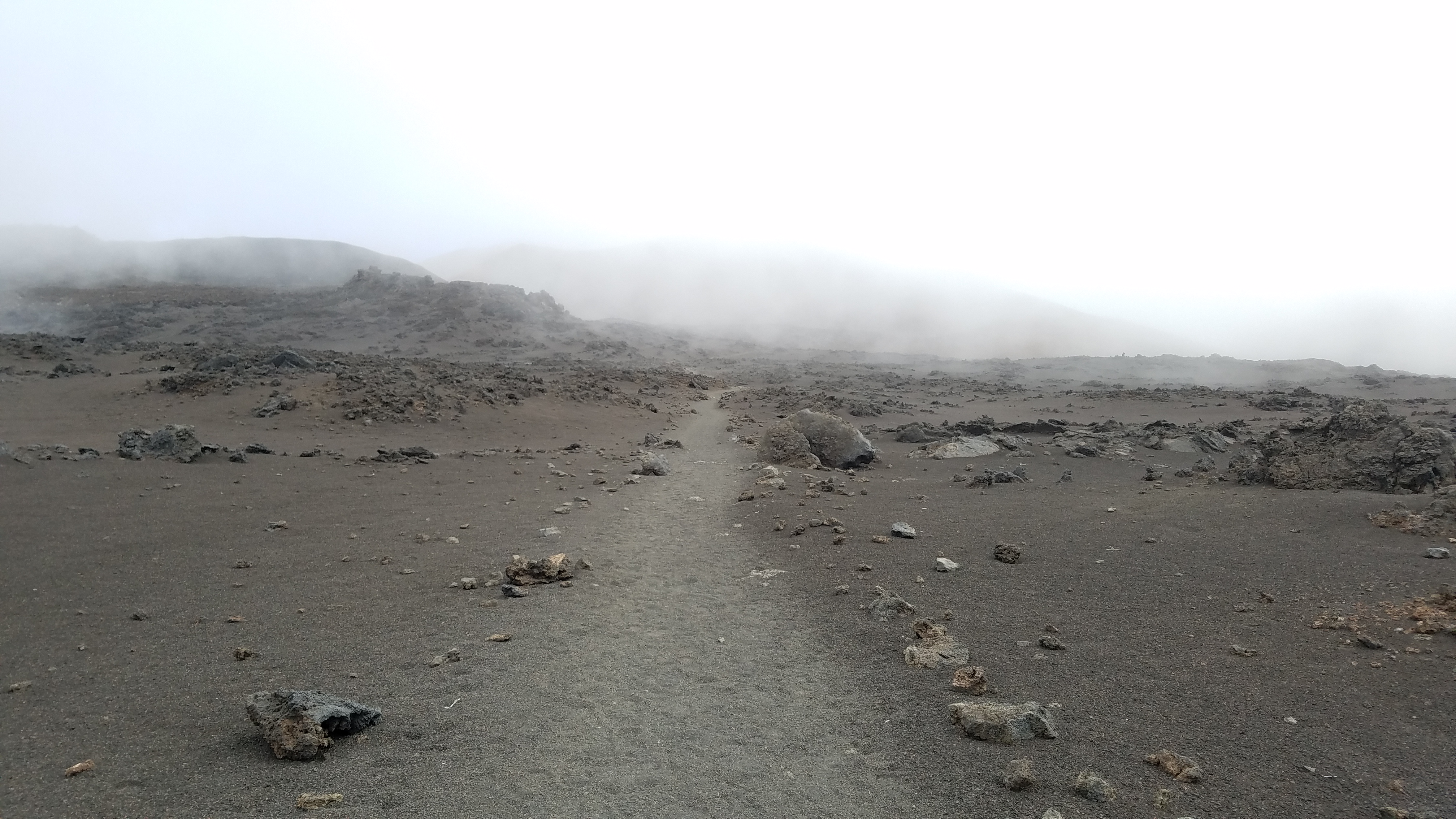
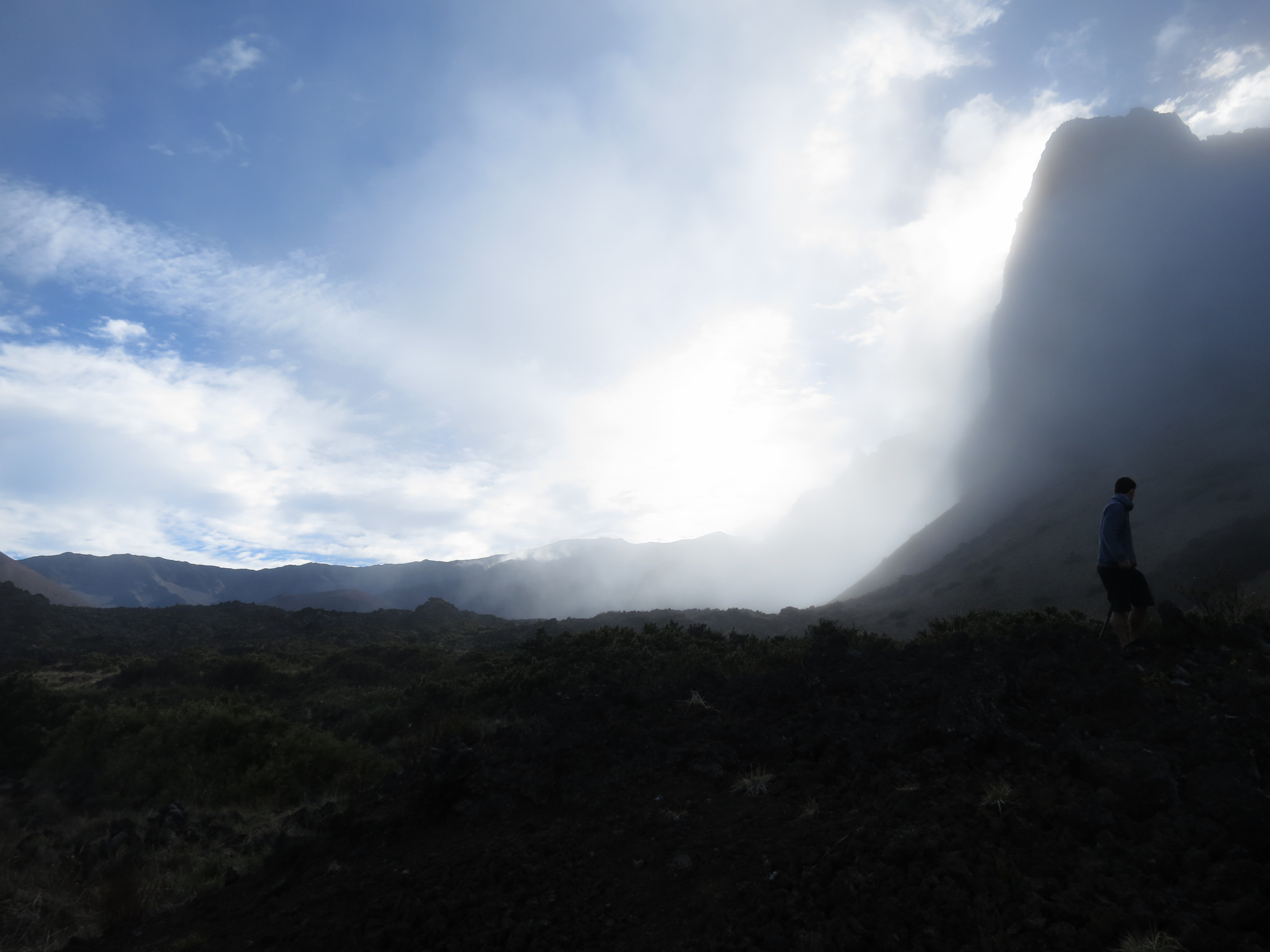
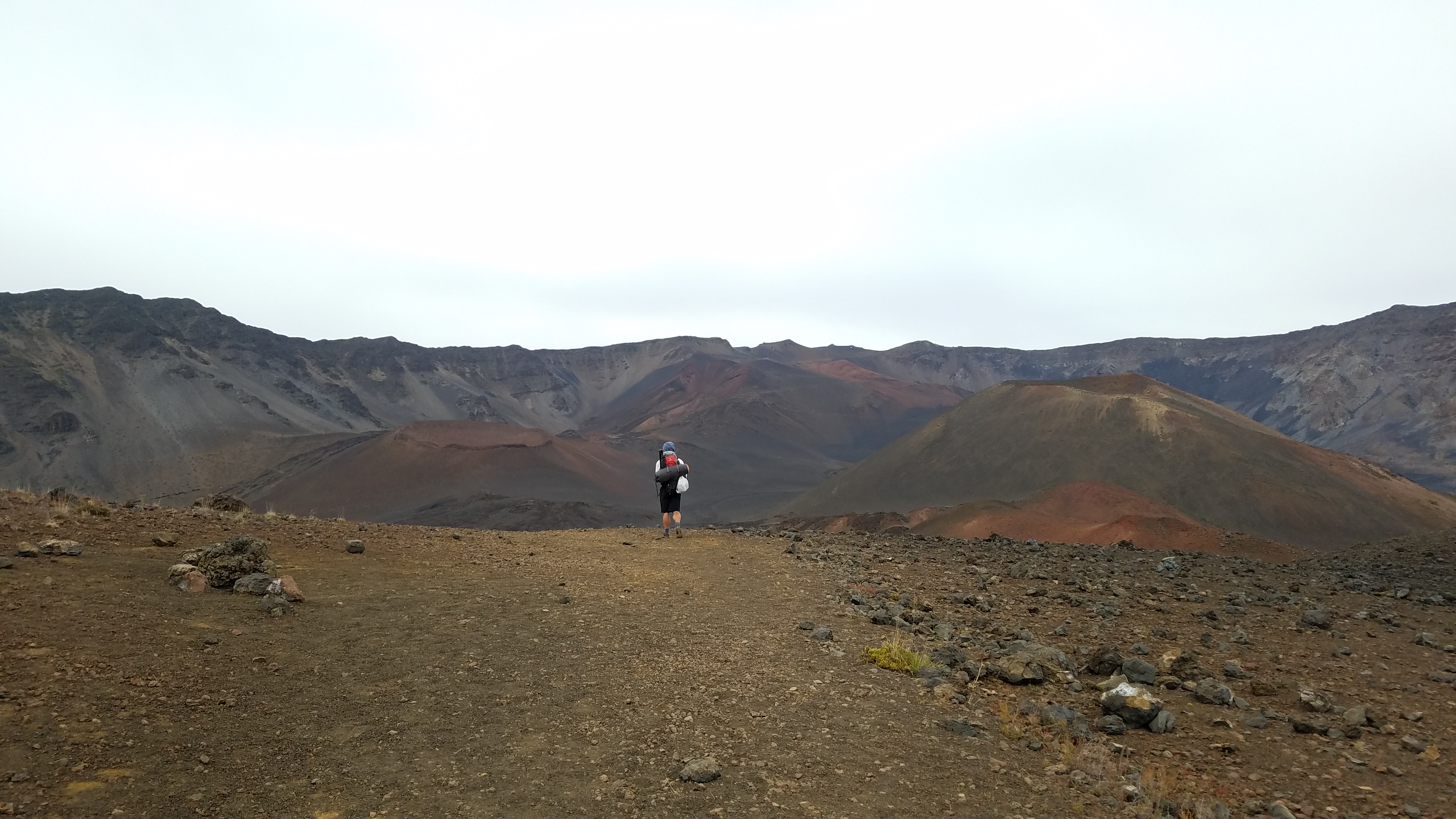
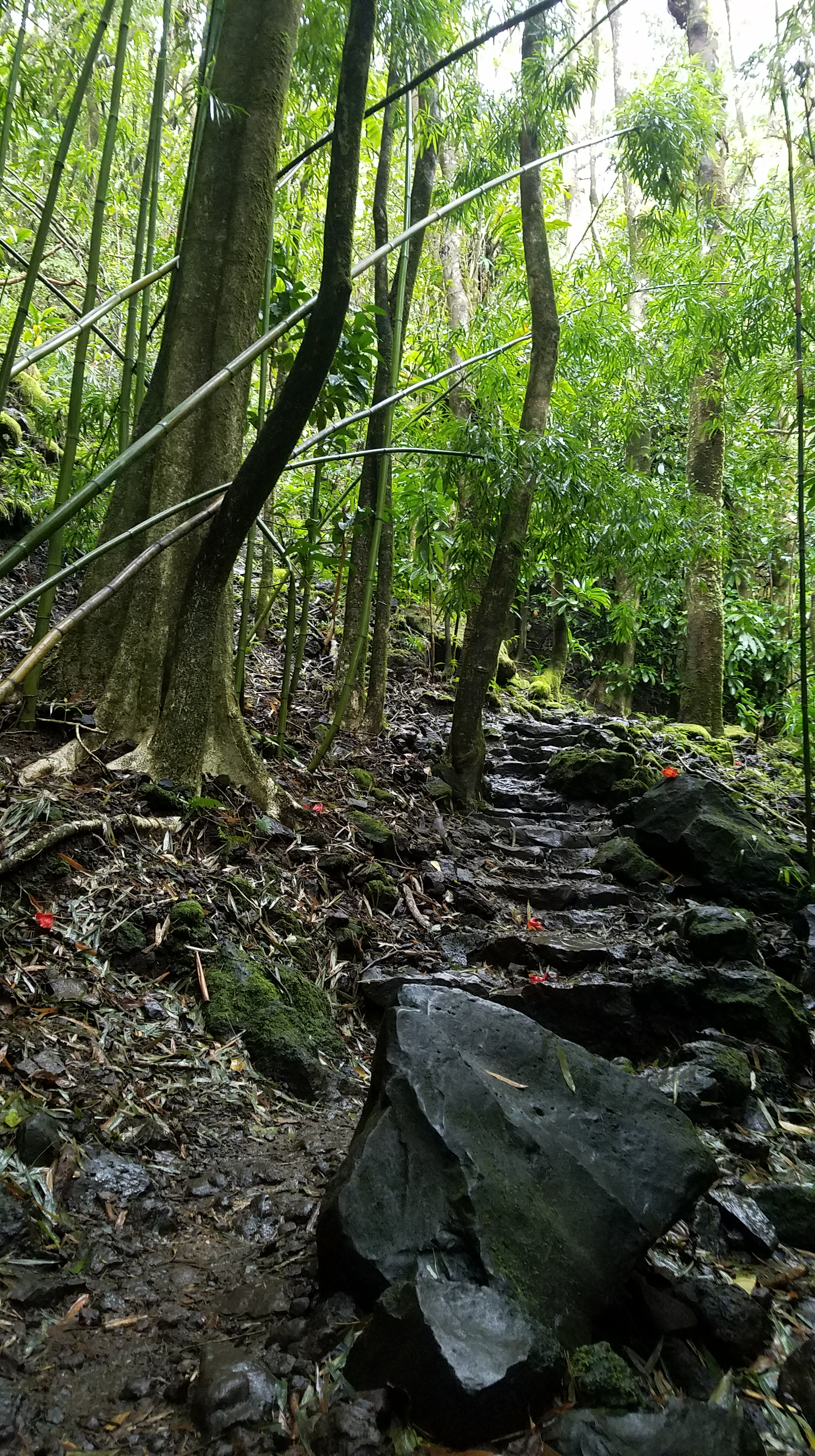

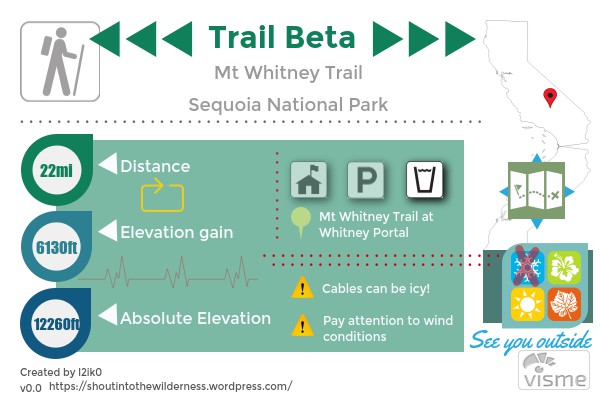
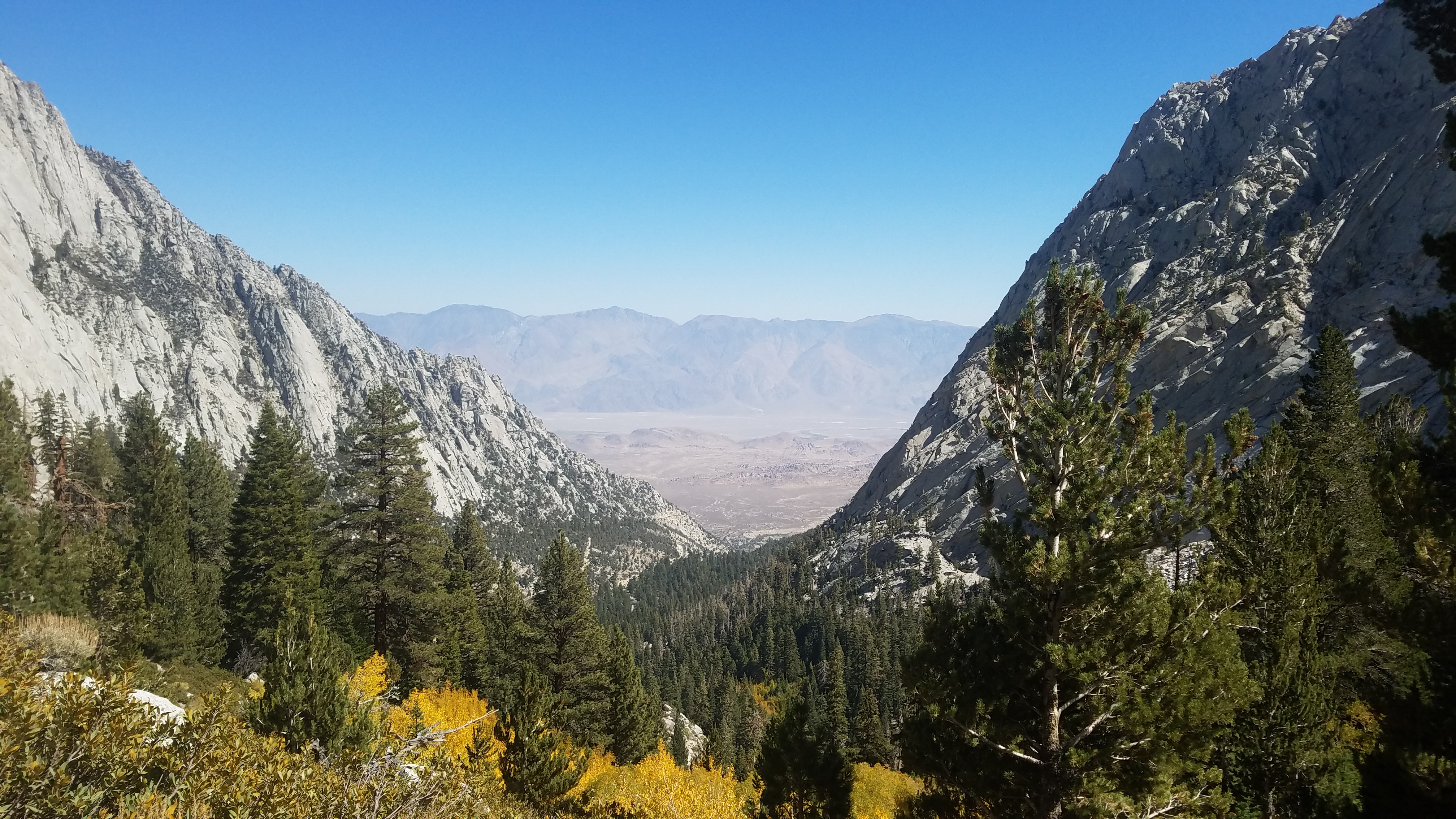
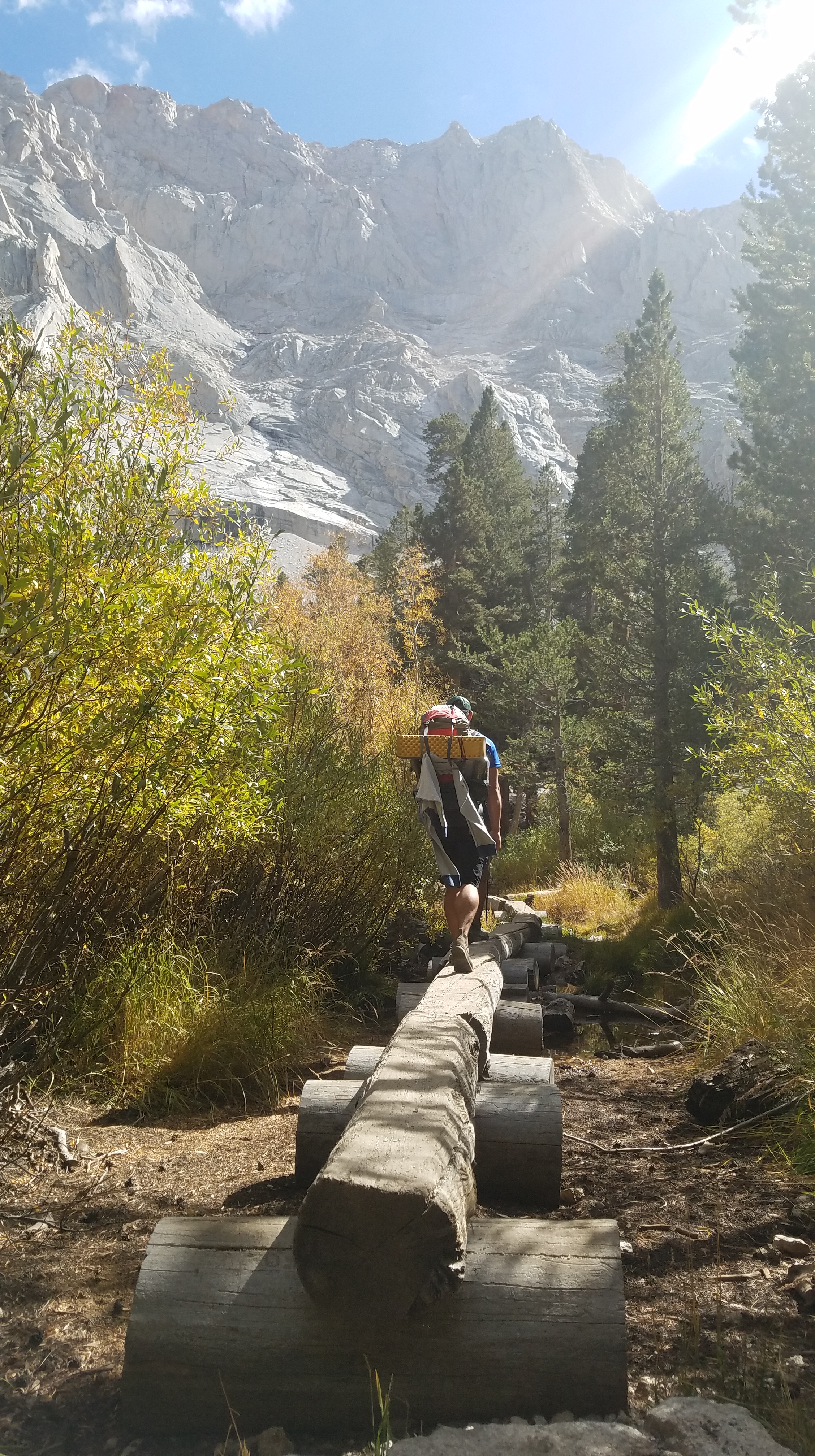
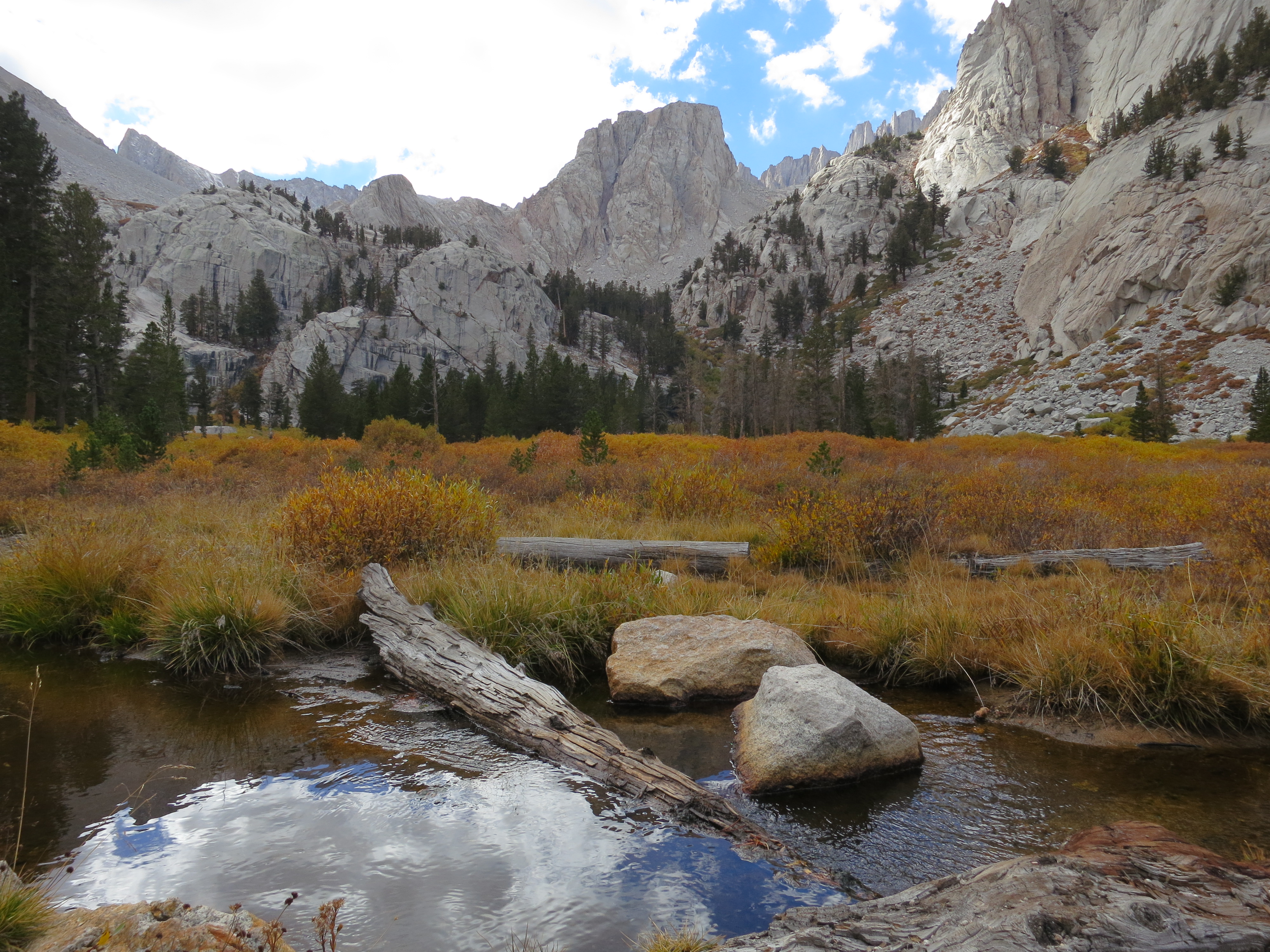
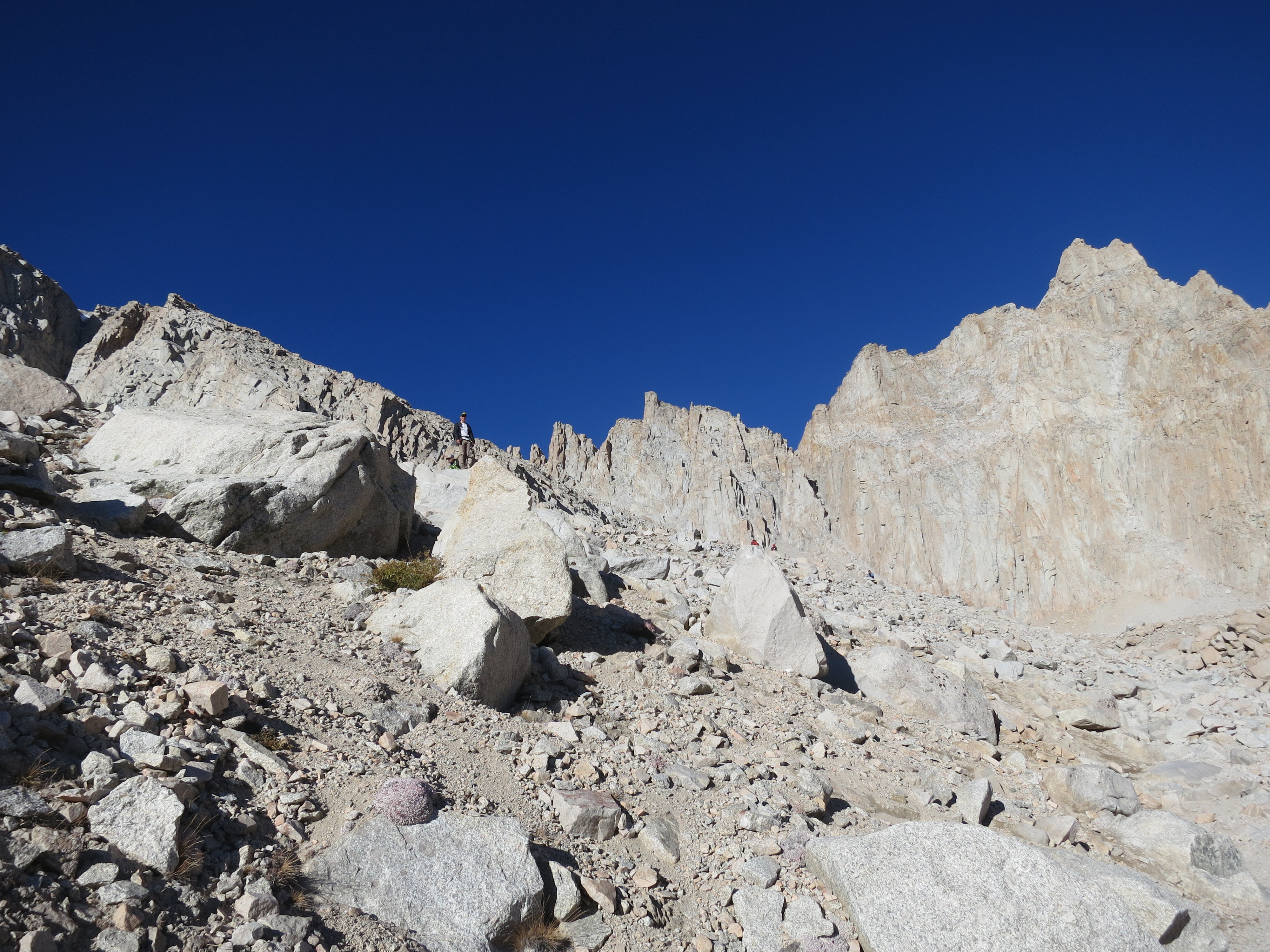
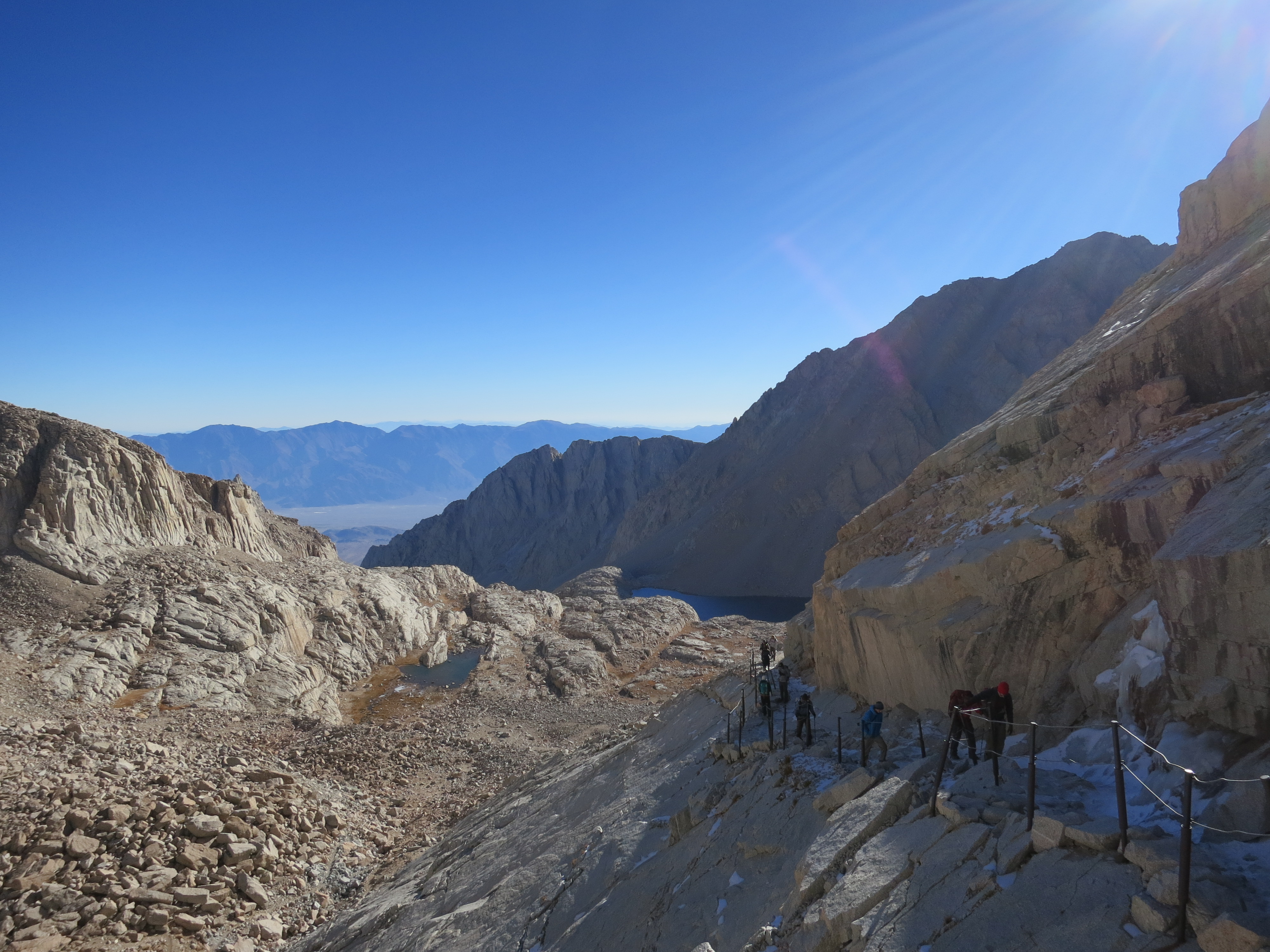


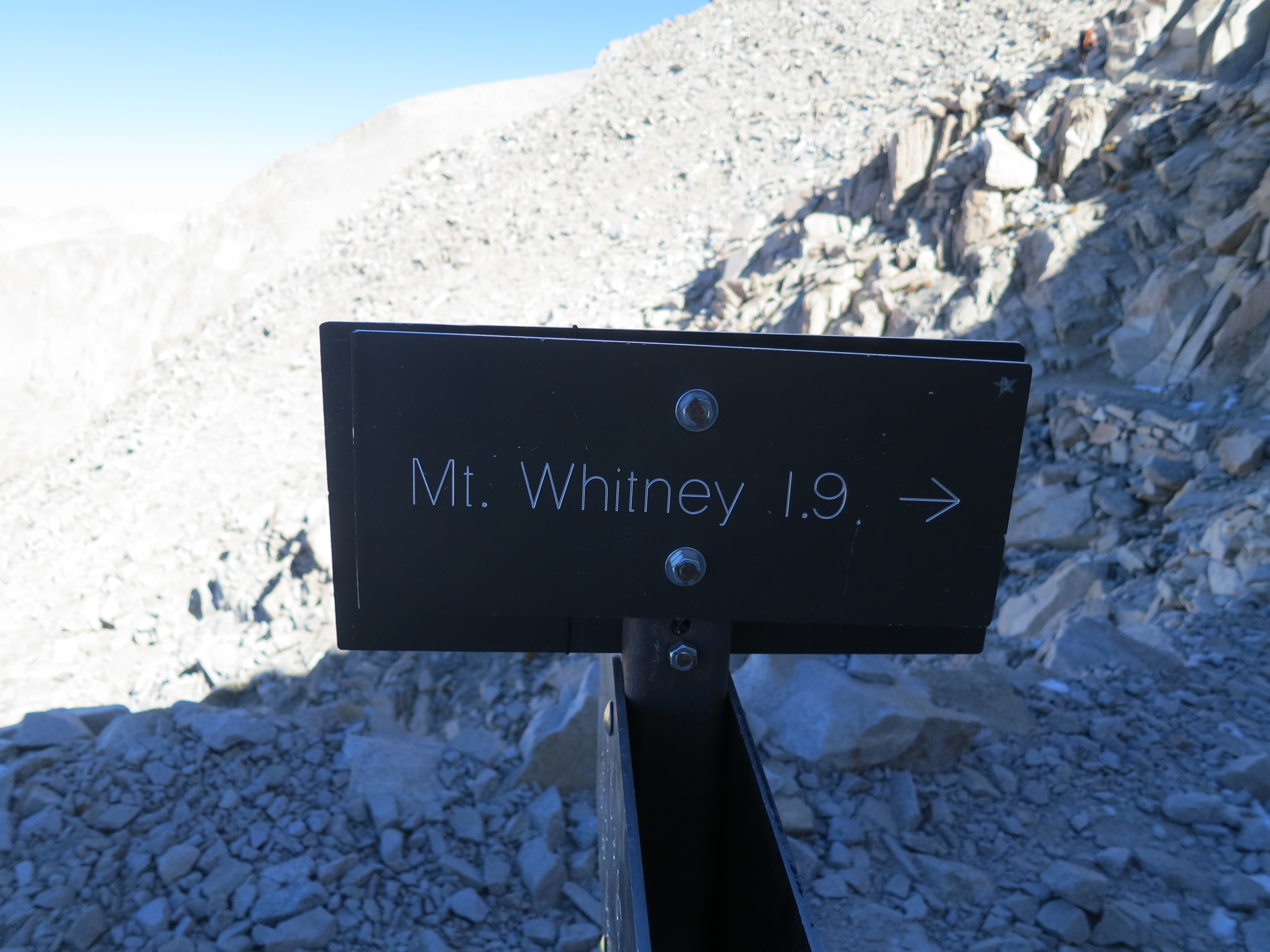
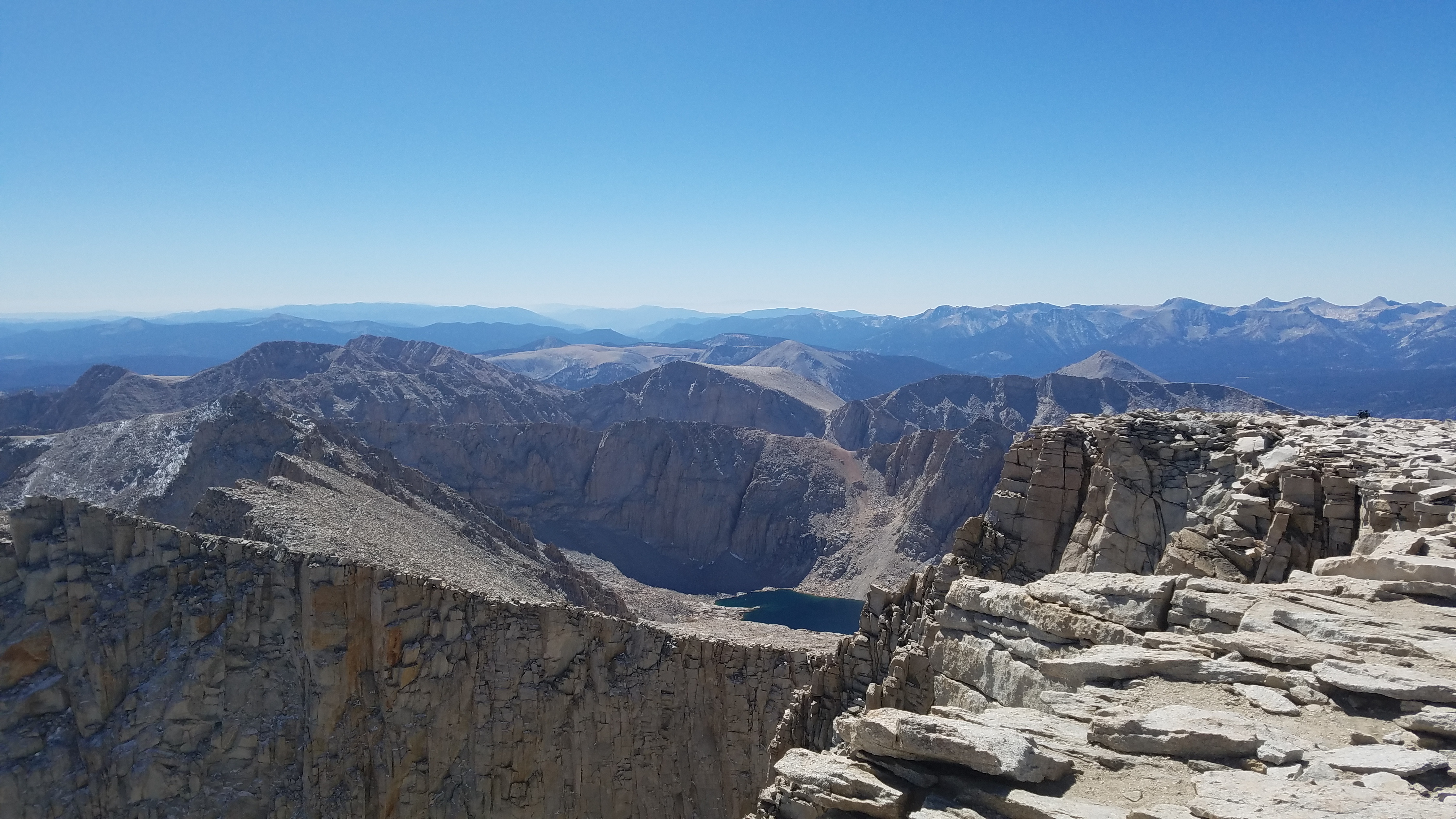
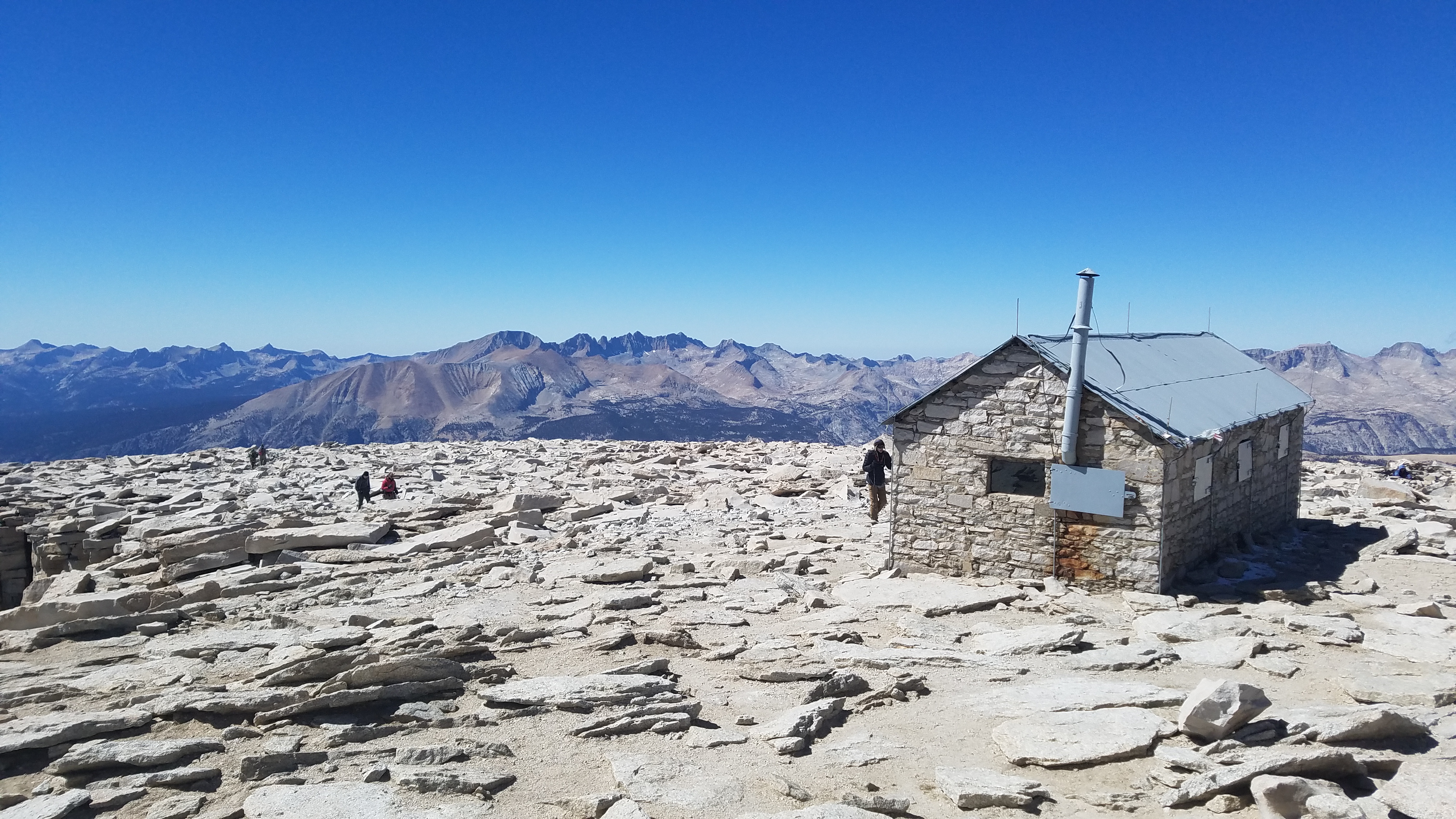
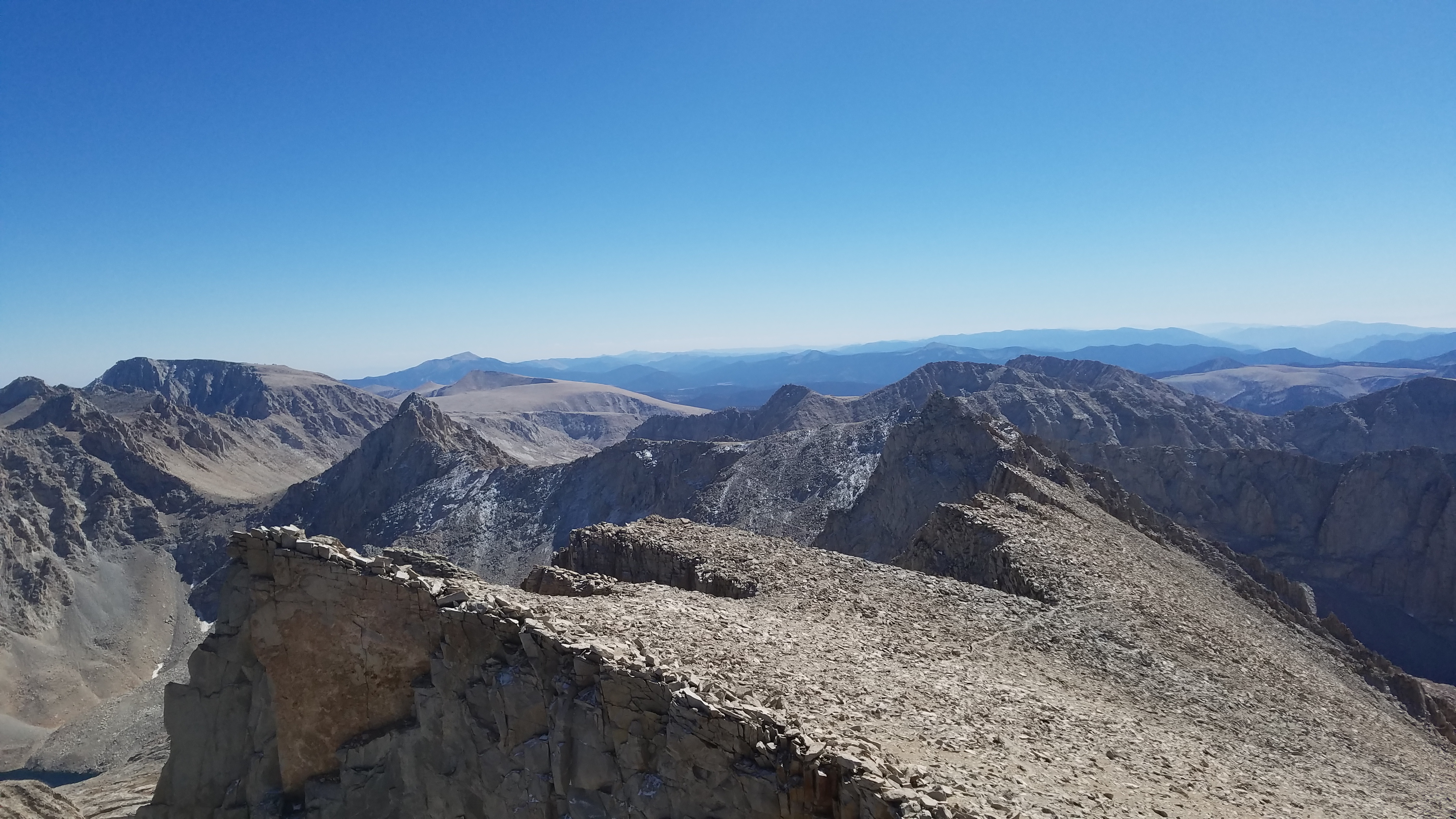

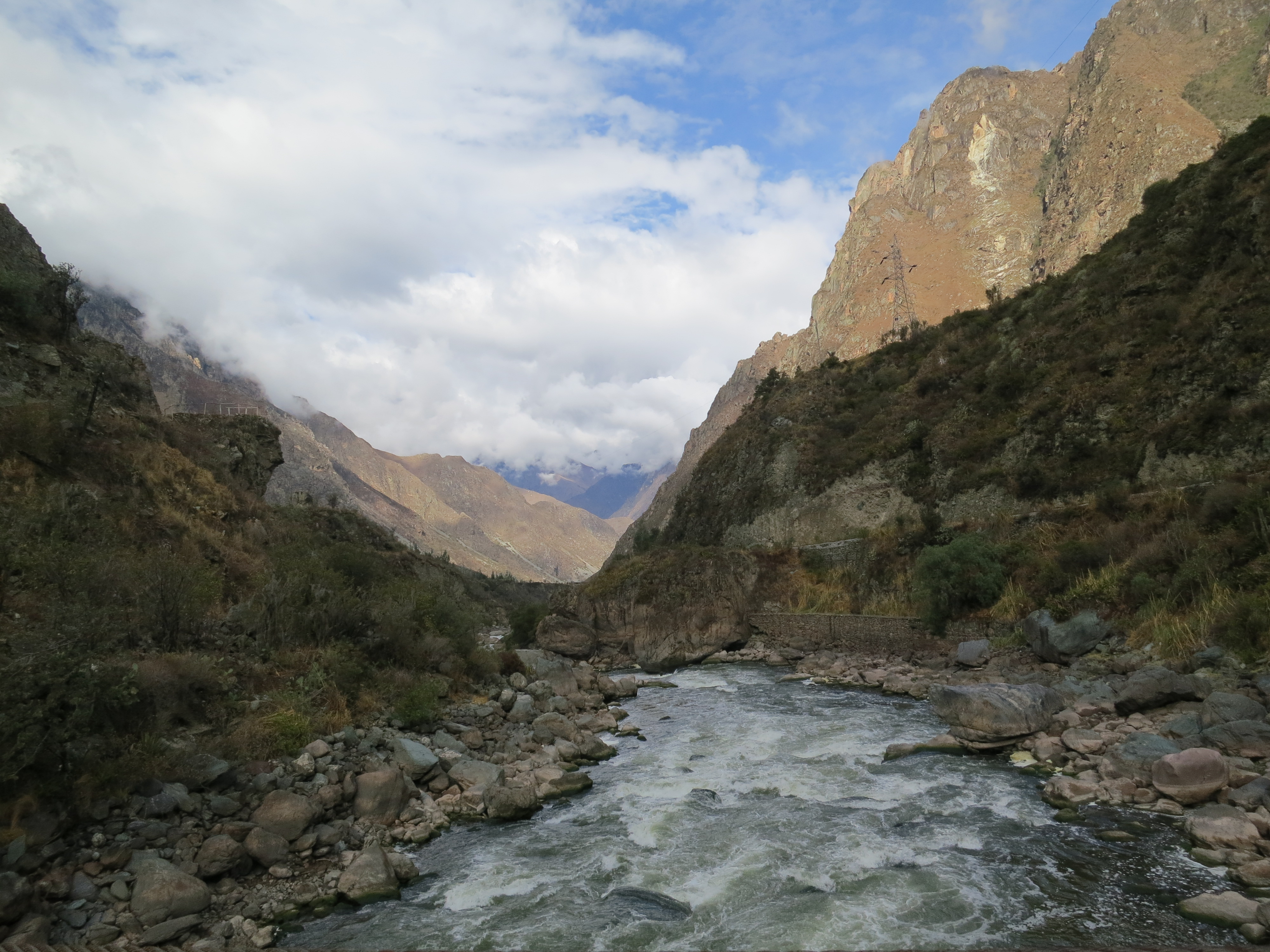 We left Cusco very early in the morning to bus to the trail head by the Urubamba River. We tried to sleep but it was hard due to the bumpy ride. It was dawn as we approached our final stop, Enigma’s basecamp. We groggly ate breakfast and did any last minute preparations. The mist slowly cleared to reveal a mountainous valley along the river. Down the street was the first checkpoint and entry onto the Inca Trail. We went through the checkpoint, crossed the river and were on our way. The beginning portion of the trail winds along the river, past various houses and farms. Each of the houses seemed to have their own restroom available for travelers for the cost of 1 Sol. Not far in, is the elevation map for the trail and the various campsites and mountain passes. Here you can further prepare yourself for what is coming.
We left Cusco very early in the morning to bus to the trail head by the Urubamba River. We tried to sleep but it was hard due to the bumpy ride. It was dawn as we approached our final stop, Enigma’s basecamp. We groggly ate breakfast and did any last minute preparations. The mist slowly cleared to reveal a mountainous valley along the river. Down the street was the first checkpoint and entry onto the Inca Trail. We went through the checkpoint, crossed the river and were on our way. The beginning portion of the trail winds along the river, past various houses and farms. Each of the houses seemed to have their own restroom available for travelers for the cost of 1 Sol. Not far in, is the elevation map for the trail and the various campsites and mountain passes. Here you can further prepare yourself for what is coming.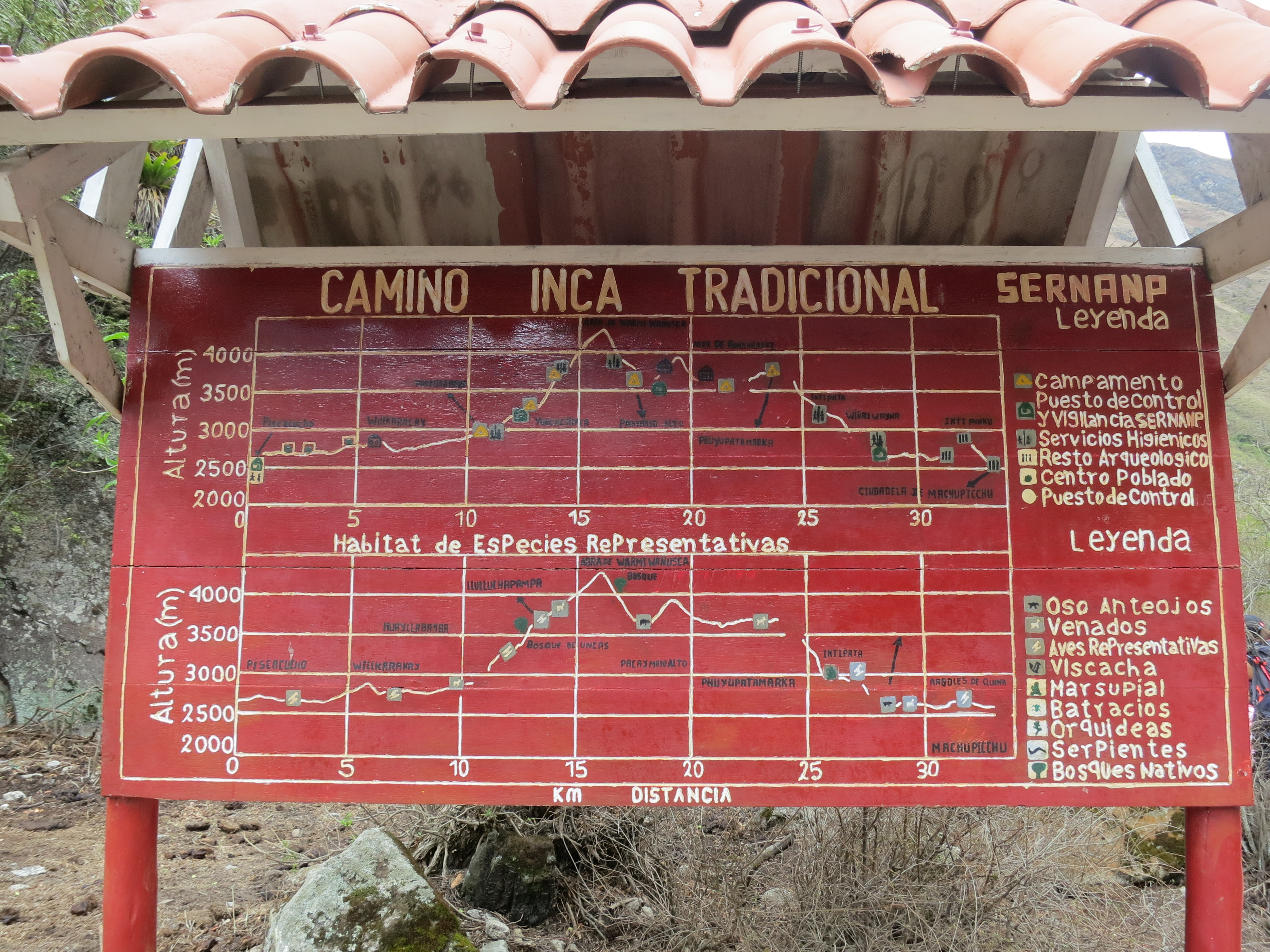
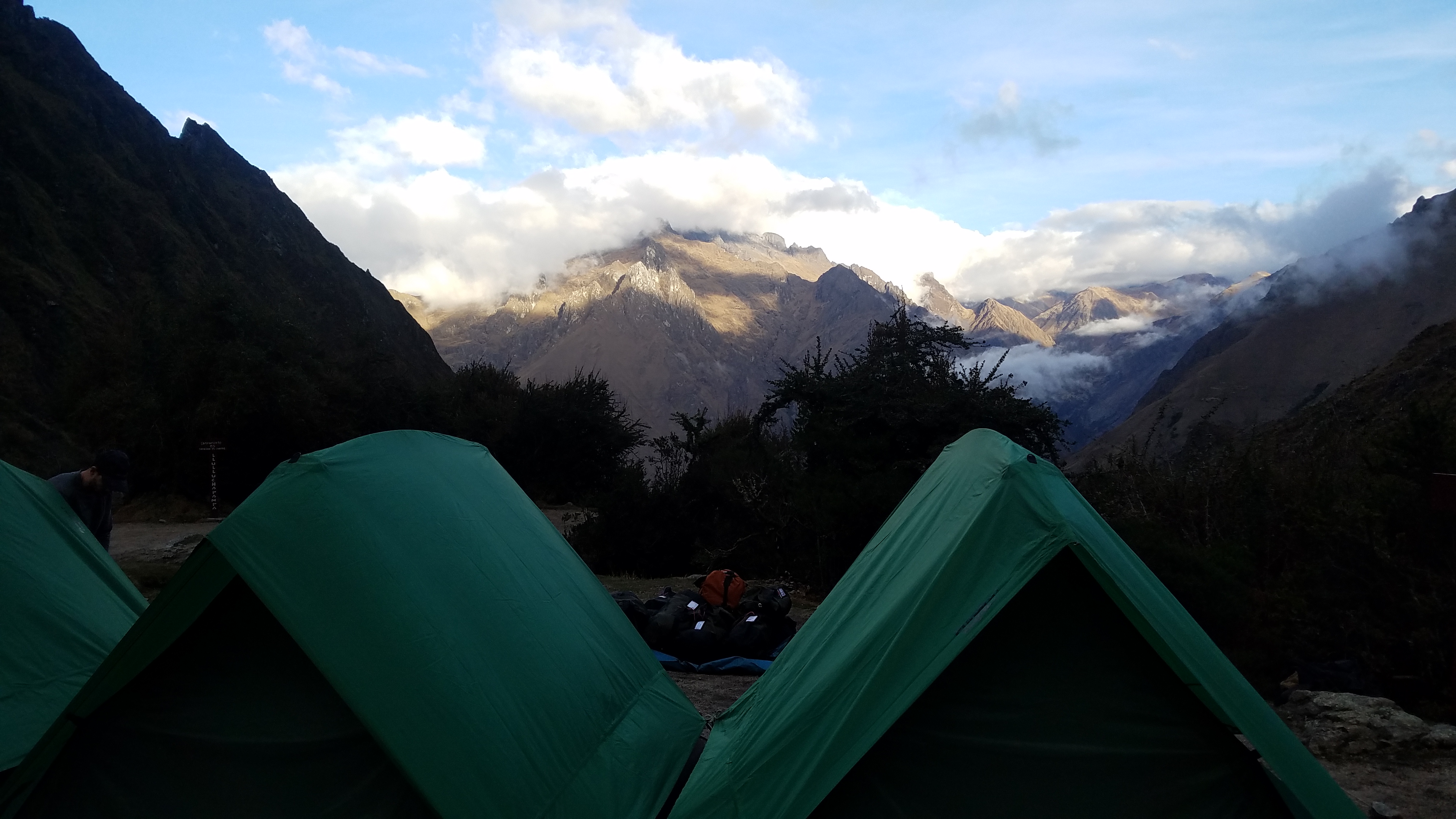
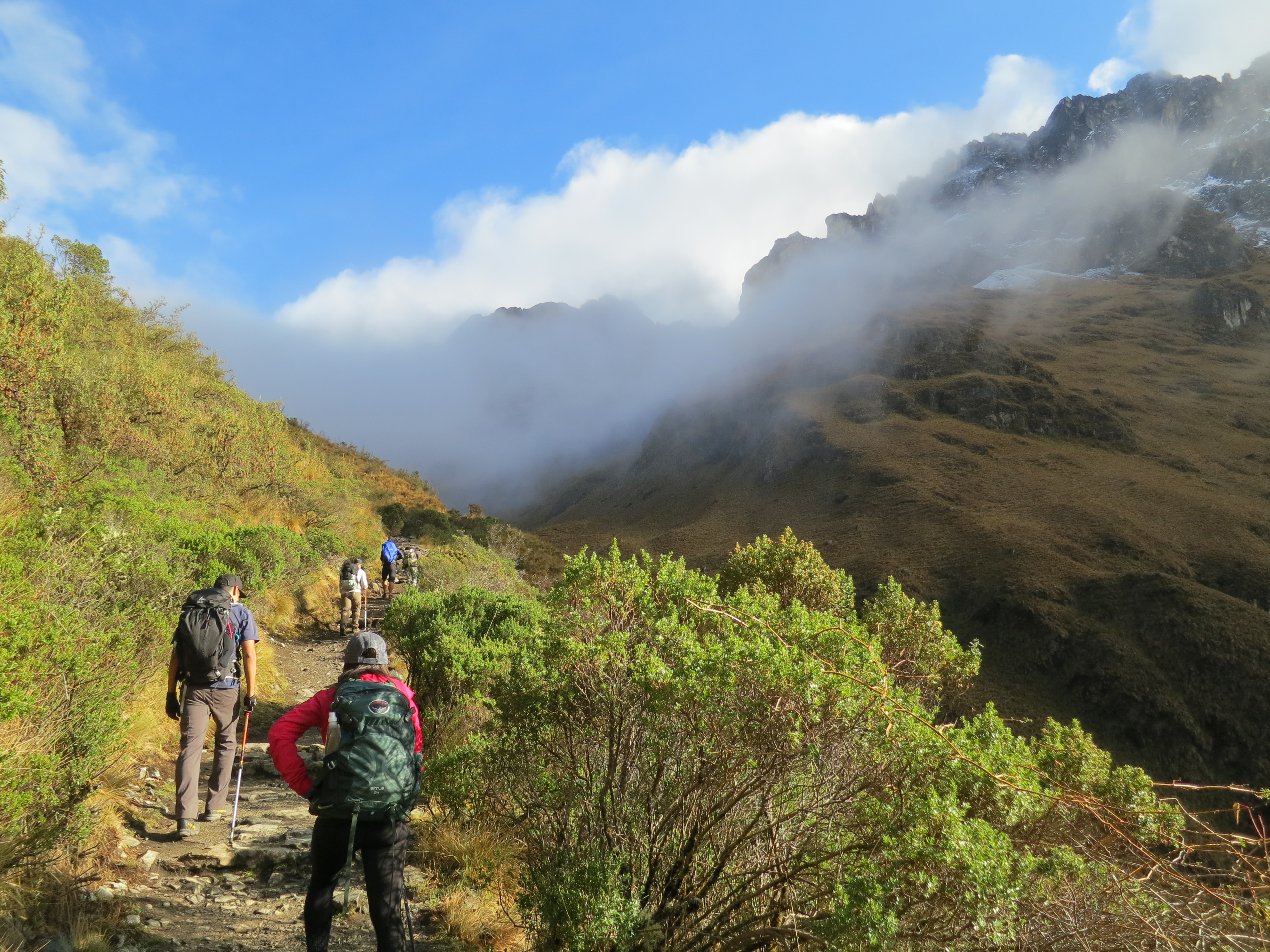 over Dead Woman’s Pass. We were lucky to be treated to blue skies and some low lying clouds. One of my friends did this trail same time of the year and got treated to a freak blizzard. The morning was beautiful and the clouds temporarily cleared as we enjoyed the view from the pass. Felt pretty accomplished to reach the pass which sits at 13,700ft, then felt pretty annoyed having to go down into the
over Dead Woman’s Pass. We were lucky to be treated to blue skies and some low lying clouds. One of my friends did this trail same time of the year and got treated to a freak blizzard. The morning was beautiful and the clouds temporarily cleared as we enjoyed the view from the pass. Felt pretty accomplished to reach the pass which sits at 13,700ft, then felt pretty annoyed having to go down into the 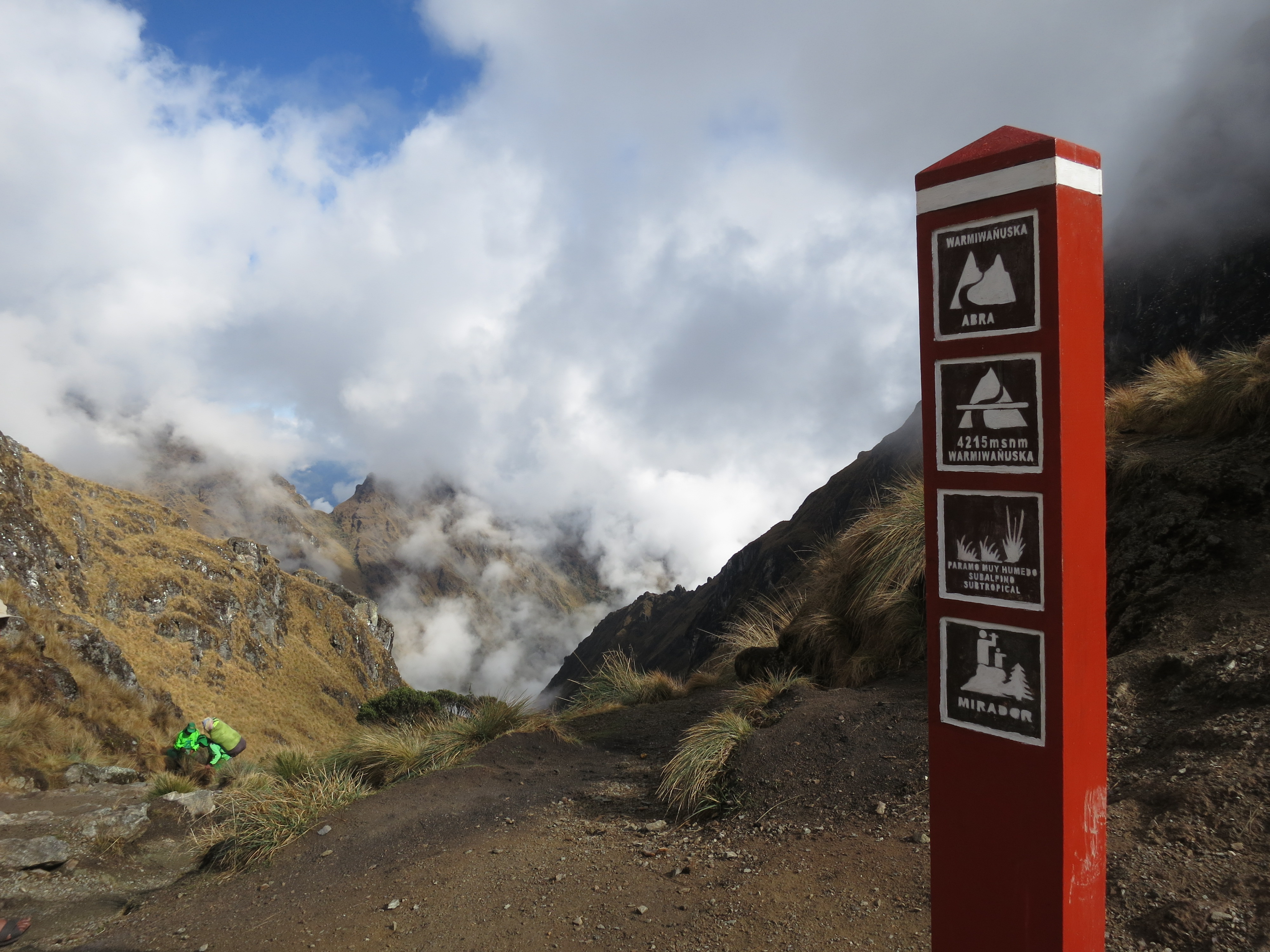 following Pacaymayo valley (11,800ft) only to have to crest the next pass, Abra Runkurakay, at 13,000ft. But by then, we were getting pretty used to the altitude. It wasn’t quite as difficult to sustain a descent pace. We still had one more valley and one more pass to get to before camp though. Luckily, Abra Phuyupatamarca was relatively easy to go up. You finally break out of the valley and are treated to what I assume are vistas, however all we saw was fog/clouds. This is probably one of the few parts of the trail that actually have shear drops on one side. Nothing we weren’t used to though. We got up to Phuyupatamarca right before sunset. Several other trekking groups were also there so a handful of us perched on the rock above camp wishing for the clouds to part. I was able to snap a few photos before the next wave of clouds rolled in but then resigned myself to the cold and went to the meal tent.
following Pacaymayo valley (11,800ft) only to have to crest the next pass, Abra Runkurakay, at 13,000ft. But by then, we were getting pretty used to the altitude. It wasn’t quite as difficult to sustain a descent pace. We still had one more valley and one more pass to get to before camp though. Luckily, Abra Phuyupatamarca was relatively easy to go up. You finally break out of the valley and are treated to what I assume are vistas, however all we saw was fog/clouds. This is probably one of the few parts of the trail that actually have shear drops on one side. Nothing we weren’t used to though. We got up to Phuyupatamarca right before sunset. Several other trekking groups were also there so a handful of us perched on the rock above camp wishing for the clouds to part. I was able to snap a few photos before the next wave of clouds rolled in but then resigned myself to the cold and went to the meal tent. 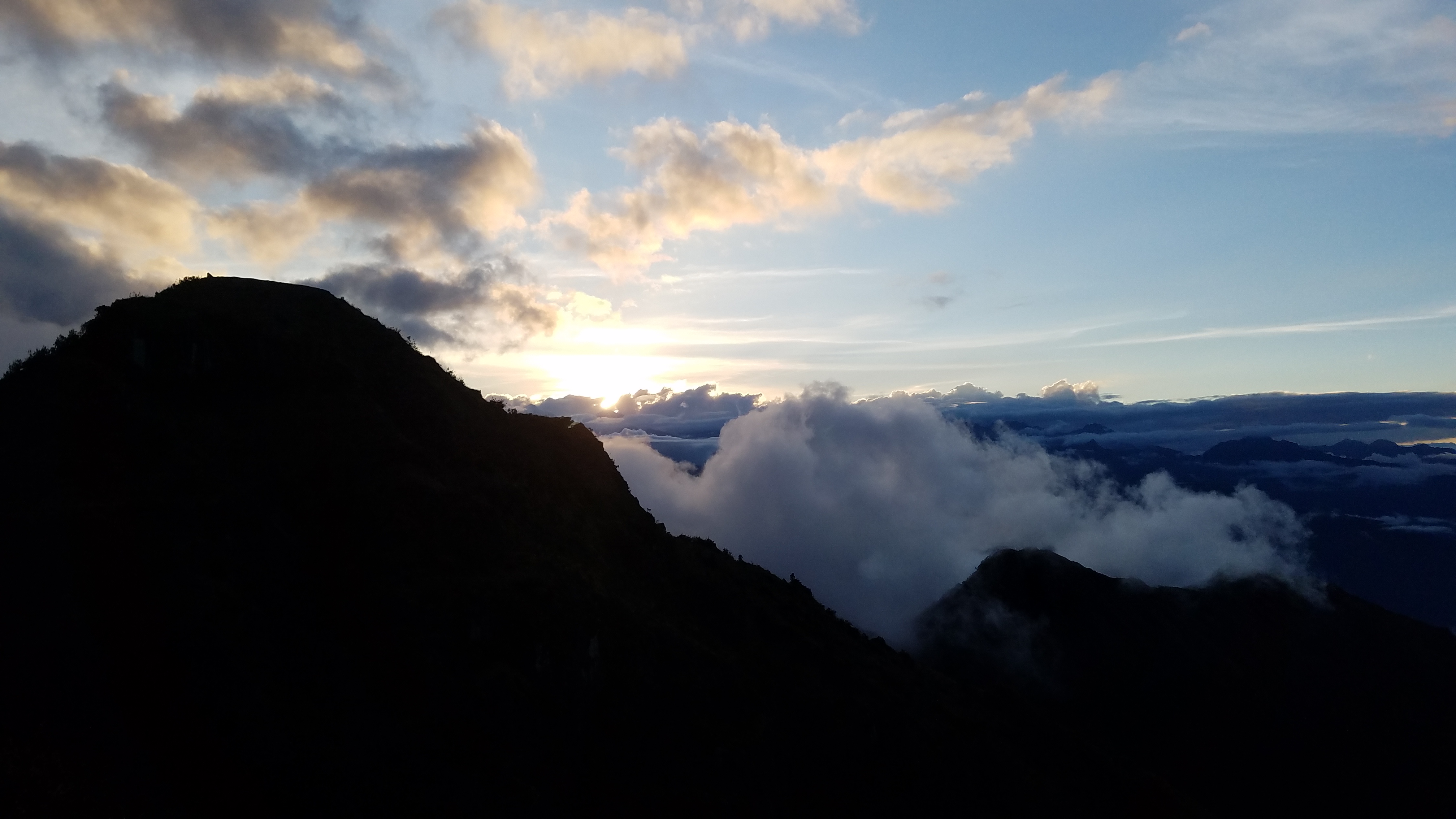
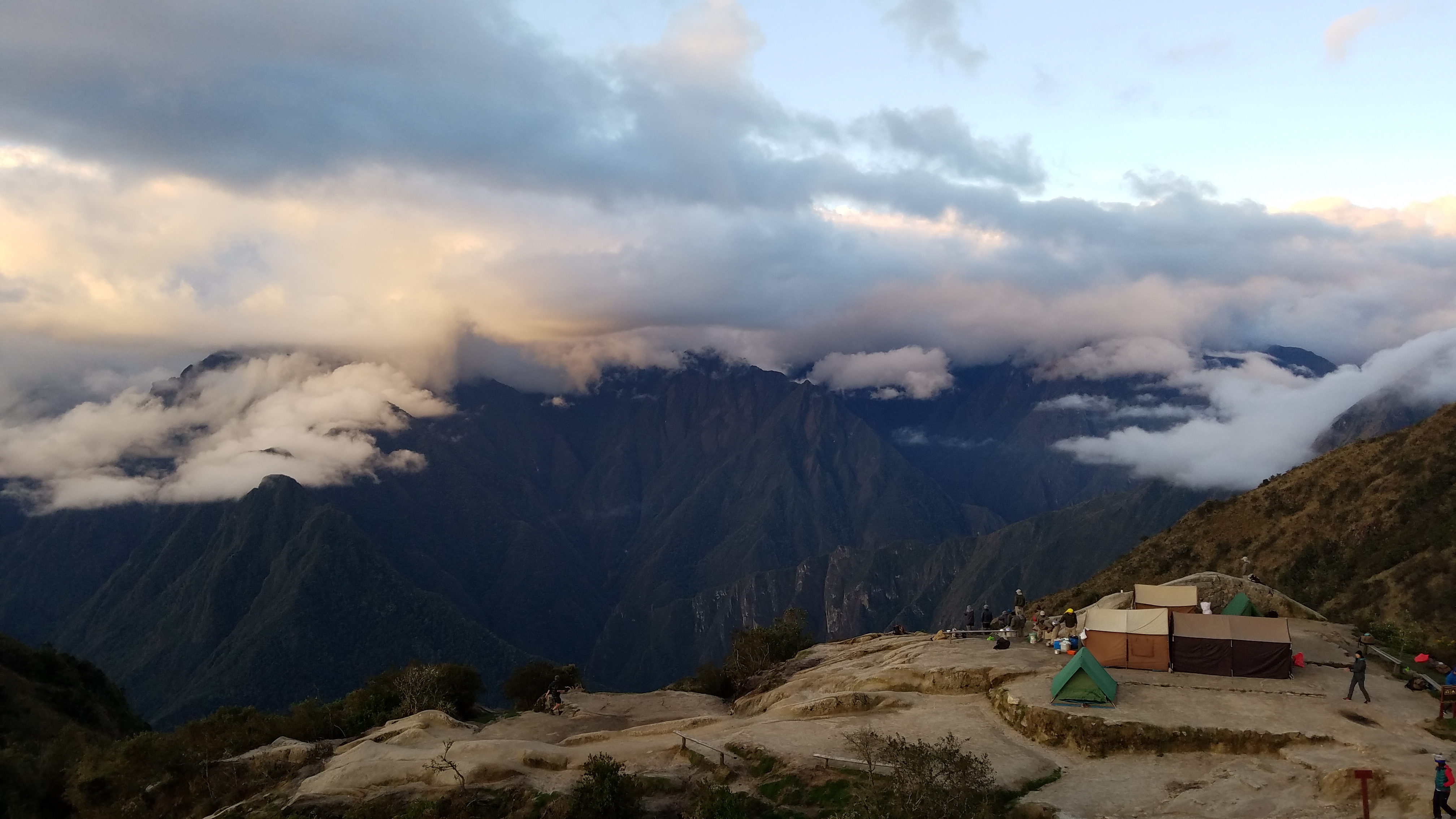
 Those last 8 miles seemed to drone on though. The Sungate was our final marker before you drop down into Machu Picchu. It seemed to never come. Somewhere around mile 6 is a very steep stone structure that we thought was the Sungate but to no avail. The steps were probably built on a 45 degree angle. I wasn’t sure whether to climb using my hands or just to walk. We finally reached the real Sungate only to find zero sun and a whole lot of fog. As the whisps flew buy we woulc catch glimpses of the massive valley below, glimpses of a river, of some train tracks, and every now and then Machu Picchu itself. We hung around at the Sungate for a while. It had been a long hike down. My legs felt sort of like jelly. By the time we actually started moving, the low clouds had burned off and the sun was shining bright. We meandered down toward Machu Picchu and were immediately hit by wave after wave of tourists. But weren’t we tourists? Yeah, but we felt like we had done something to earn our way there at least. It was pretty satisfying actually. I feel like if I had just show up on a bus like everyone else it wouldn’t have been as fun. Its like Disney Land on some remote mountain. Lines of people with cameras and all the food is expensive. At least that’s what its sort of turned into. I’m glad some areas are off limits to people. It would be too sad to see something that’s lasted this long turn to ruin because of tourist stampede. Machu Picchu itself is quiet beautiful actually. The whole area is very lush with aqueducts bringing mountain spring water into the city. The amount of thought that went into choosing this site is astounding. There are terraces for farming. A quarry for building materials. An astronomy tower with windows that line up with the sunrise for winter and summer solstice. I wonder what it was like to live there. I’m so blessed to have had the chance to visit and to hike the Inca Trail. This is why I love travelling.
Those last 8 miles seemed to drone on though. The Sungate was our final marker before you drop down into Machu Picchu. It seemed to never come. Somewhere around mile 6 is a very steep stone structure that we thought was the Sungate but to no avail. The steps were probably built on a 45 degree angle. I wasn’t sure whether to climb using my hands or just to walk. We finally reached the real Sungate only to find zero sun and a whole lot of fog. As the whisps flew buy we woulc catch glimpses of the massive valley below, glimpses of a river, of some train tracks, and every now and then Machu Picchu itself. We hung around at the Sungate for a while. It had been a long hike down. My legs felt sort of like jelly. By the time we actually started moving, the low clouds had burned off and the sun was shining bright. We meandered down toward Machu Picchu and were immediately hit by wave after wave of tourists. But weren’t we tourists? Yeah, but we felt like we had done something to earn our way there at least. It was pretty satisfying actually. I feel like if I had just show up on a bus like everyone else it wouldn’t have been as fun. Its like Disney Land on some remote mountain. Lines of people with cameras and all the food is expensive. At least that’s what its sort of turned into. I’m glad some areas are off limits to people. It would be too sad to see something that’s lasted this long turn to ruin because of tourist stampede. Machu Picchu itself is quiet beautiful actually. The whole area is very lush with aqueducts bringing mountain spring water into the city. The amount of thought that went into choosing this site is astounding. There are terraces for farming. A quarry for building materials. An astronomy tower with windows that line up with the sunrise for winter and summer solstice. I wonder what it was like to live there. I’m so blessed to have had the chance to visit and to hike the Inca Trail. This is why I love travelling.